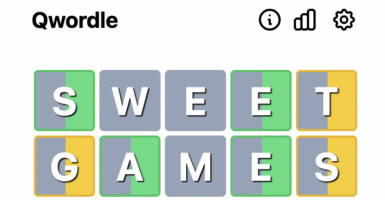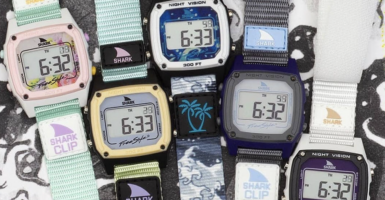MLB’s All-Time Biggest Prospect Busts
We often hear of “can’t miss” prospects — the amateur players whose raw potential is so great that they’re drafted high, paid millions in signing bonuses, and fast-tracked to the big leagues.
While scouts are usually pretty good at their jobs, they can’t account for the human factor. Sometimes, even a player with great potential is just unable to make the jump to Major League Baseball and stick around with any kind of lasting success.
Todd Van Poppel
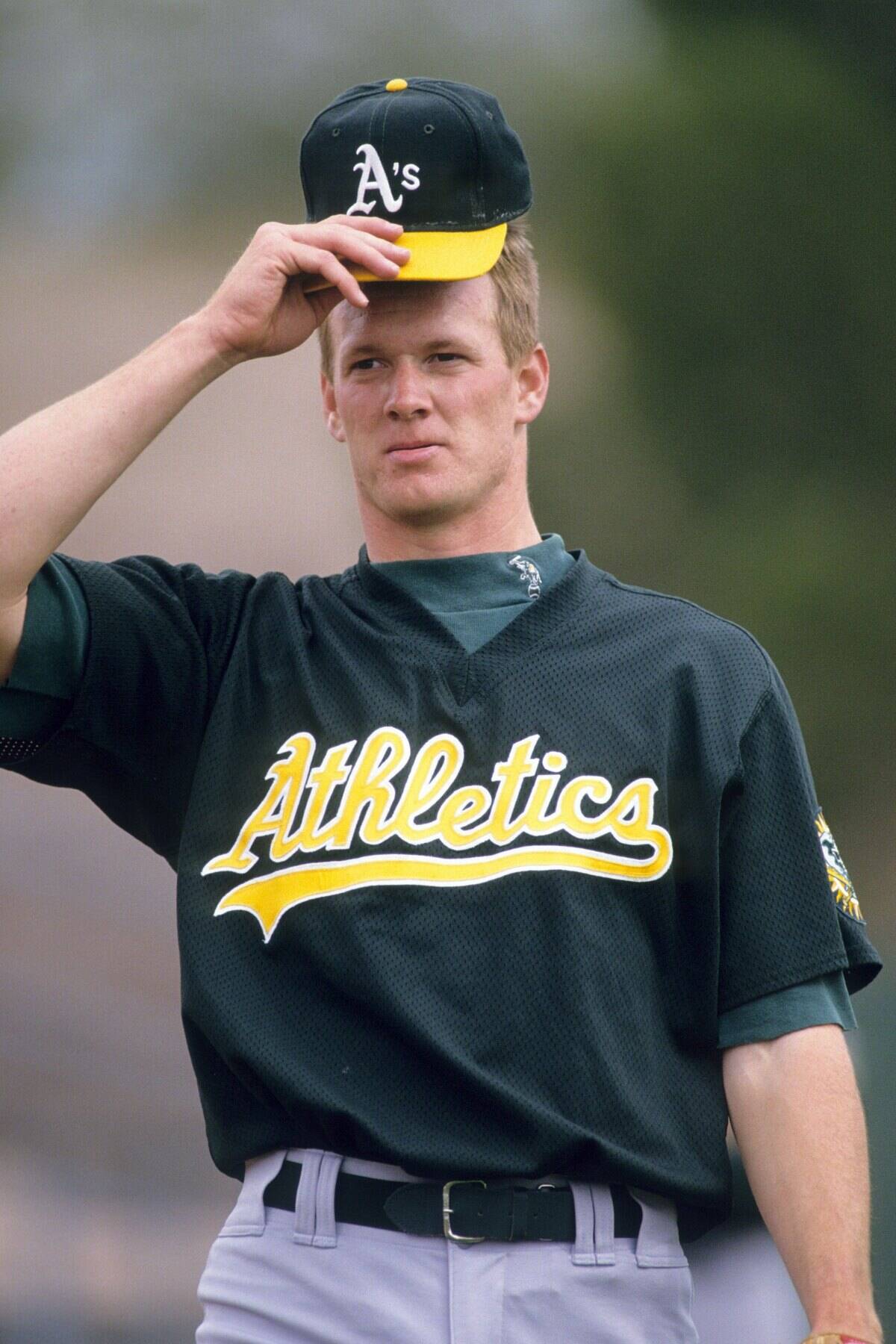
Todd Van Poppel wowed MLB scouts beginning in high school, and the Oakland A’s selected the 18-year-old 14th overall in the 1990 draft — a high pick indeed for a player who’d never played collegiate ball.
Van Poppel made his MLB debut as a 19-year-old and went on to play for various teams across a journeyman career. While he played until 2004, his 5.58 career ERA shows that he never lived up to his promise.
David Clyde
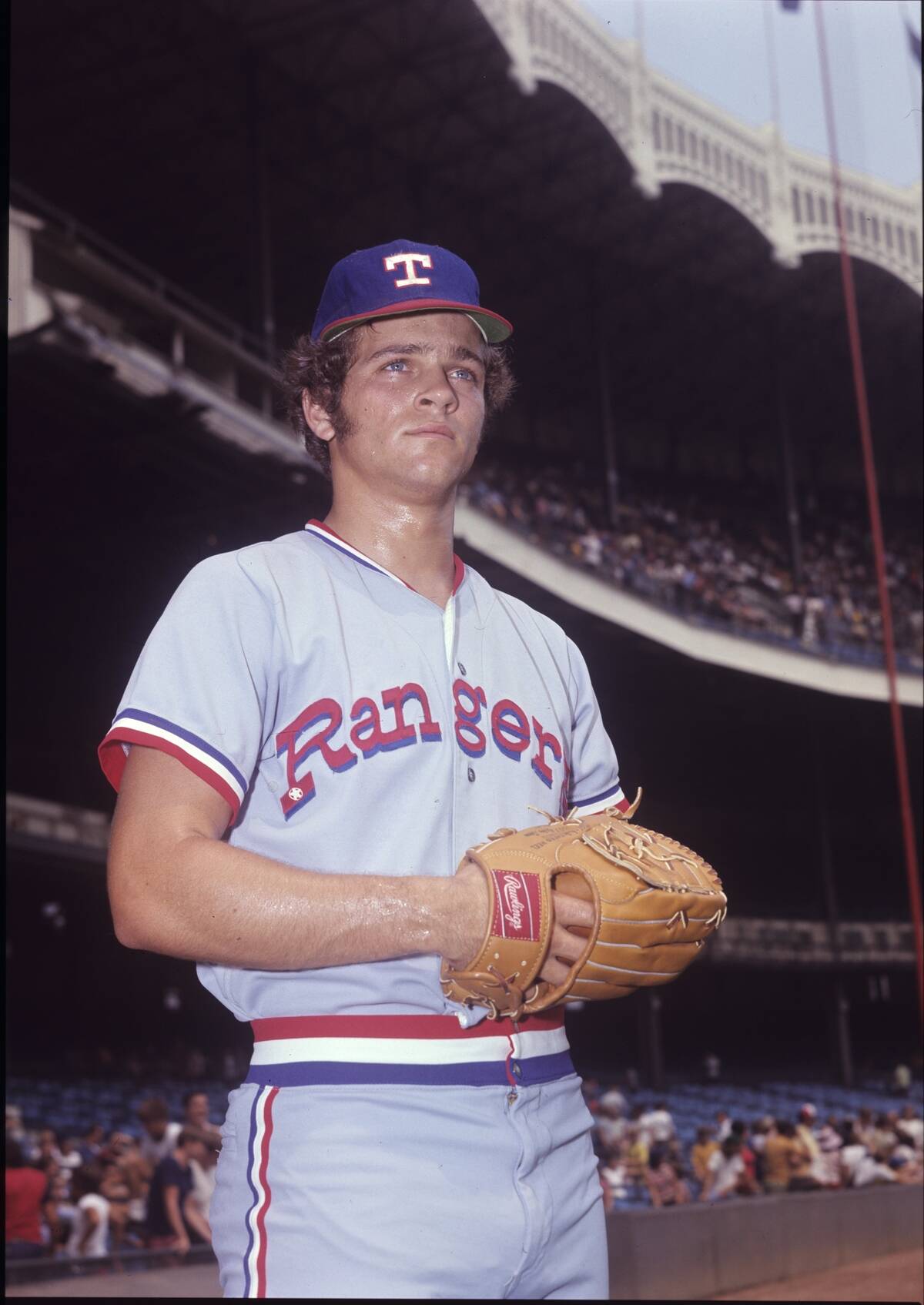
It’s hard to live up to expectations when you’re described as the next Sandy Koufax, and this lefty had the burden of high hopes on his shoulders when he started his first MLB game less than three weeks after graduating from high school.
Clyde won that game, but injuries — along with being rushed in his development — spelled doom for his once-promising pro career. Clyde battled injuries throughout his career, which wrapped up after the 1979 season.
Chris Carter
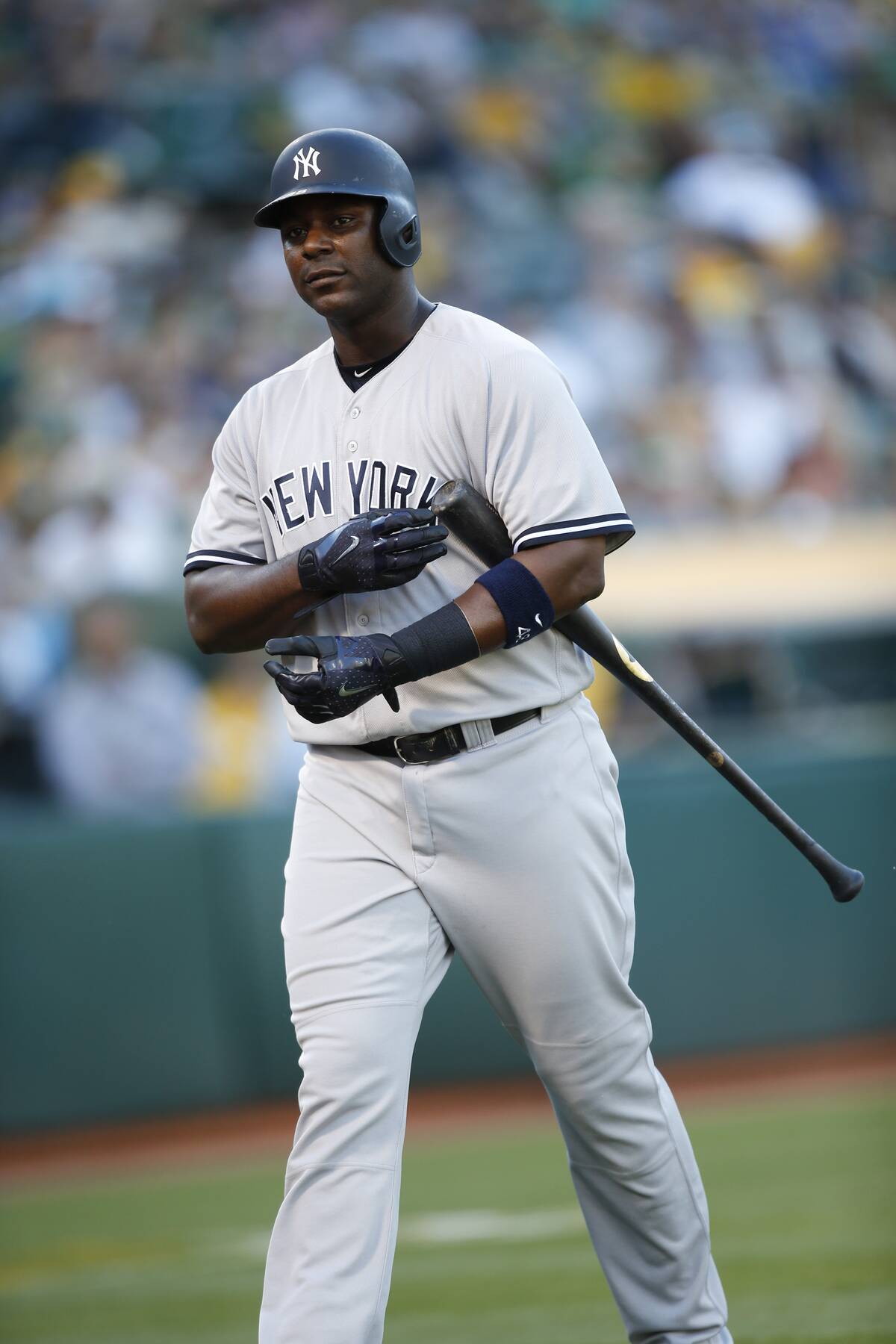
Chris Carter was viewed as a one-dimensional player from the outset — but when that one dimension consisted of impressive home run totals, he projected to be a dependable big league slugger for years to come.
Once he reached the MLB level, Carter was a classic “three true outcomes” hitter — if he didn’t hit a home run, he’d likely strike out, or at best, draw a walk. He was unable to develop his contact skills, and he became known more for his low batting average than for his tape-measure home runs.
Domonic Brown
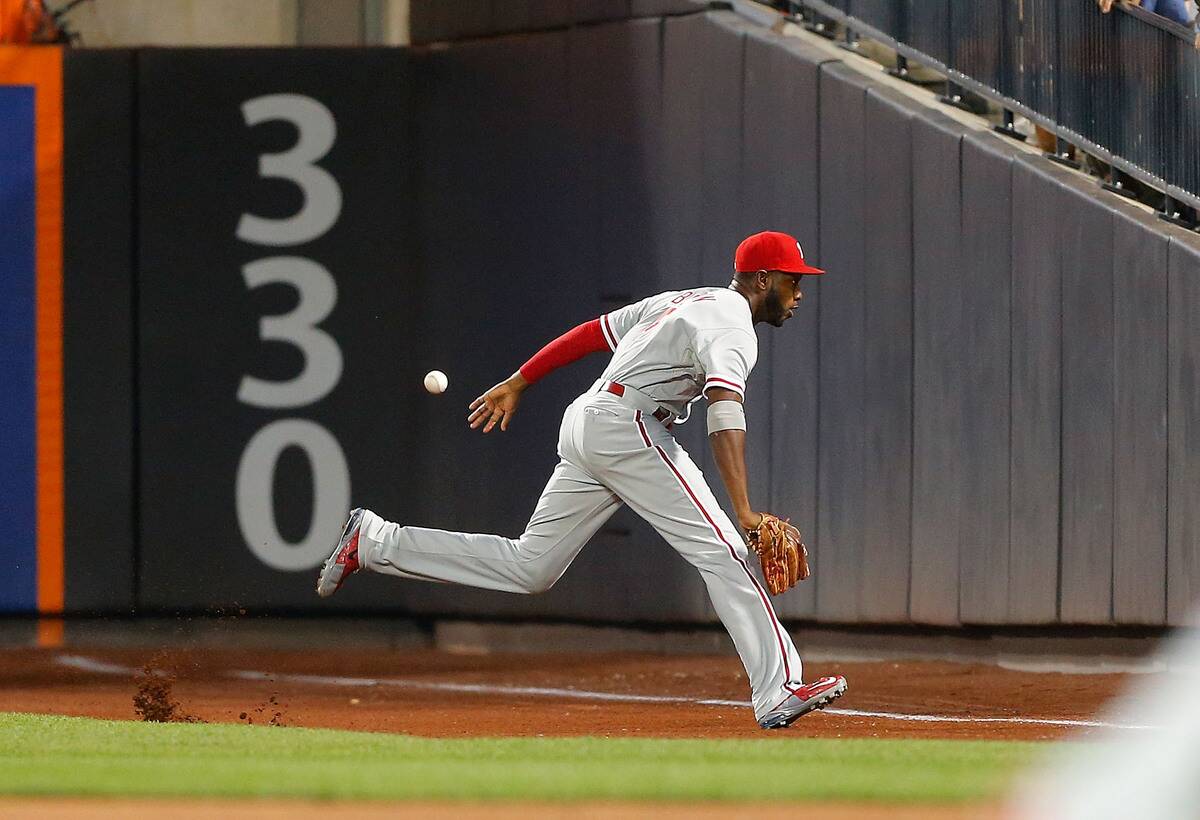
Dom Brown was a lower draft pick when the Phillies took the high schooler in the 20th round of the 2006 draft but blossomed into a viable prospect. He was named the top MLB prospect in 2010, the year that he made his big league debut.
A strong early showing gave way to a disappointing sophomore season. In 2013, he was named an all-star reserve but was otherwise consistently mediocre in Philadelphia. The Phillies elected not to re-sign him after the 2015 season, and he was soon out of baseball.
Josh Hamilton

Josh Hamilton wrapped up his career with five all-star appearances and the 2010 AL MVP award, but fans will forever wonder how much better he could have been if not for issues in his personal life.
Seen as a bona fide generational talent, Hamilton was drafted by Tampa Bay but saw his early career derailed by a car accident. He eventually made his MLB debut in 2007 but battled personal issues, including addiction and relapses, that made him a red flag for other MLB teams.
Chris Archer

Chris Archer wasn’t a top-level prospect when he was drafted in the fifth round by Cleveland in 2006, but a strong minor league career led to scouts viewing him as a potential star in the making.
He made his MLB debut in 2012 for the Rays and had several productive years in Tampa, complete with two All-Star appearances. However, injuries derailed his promise, and he was more or less washed up by the age of 30.
Bryan Bullington
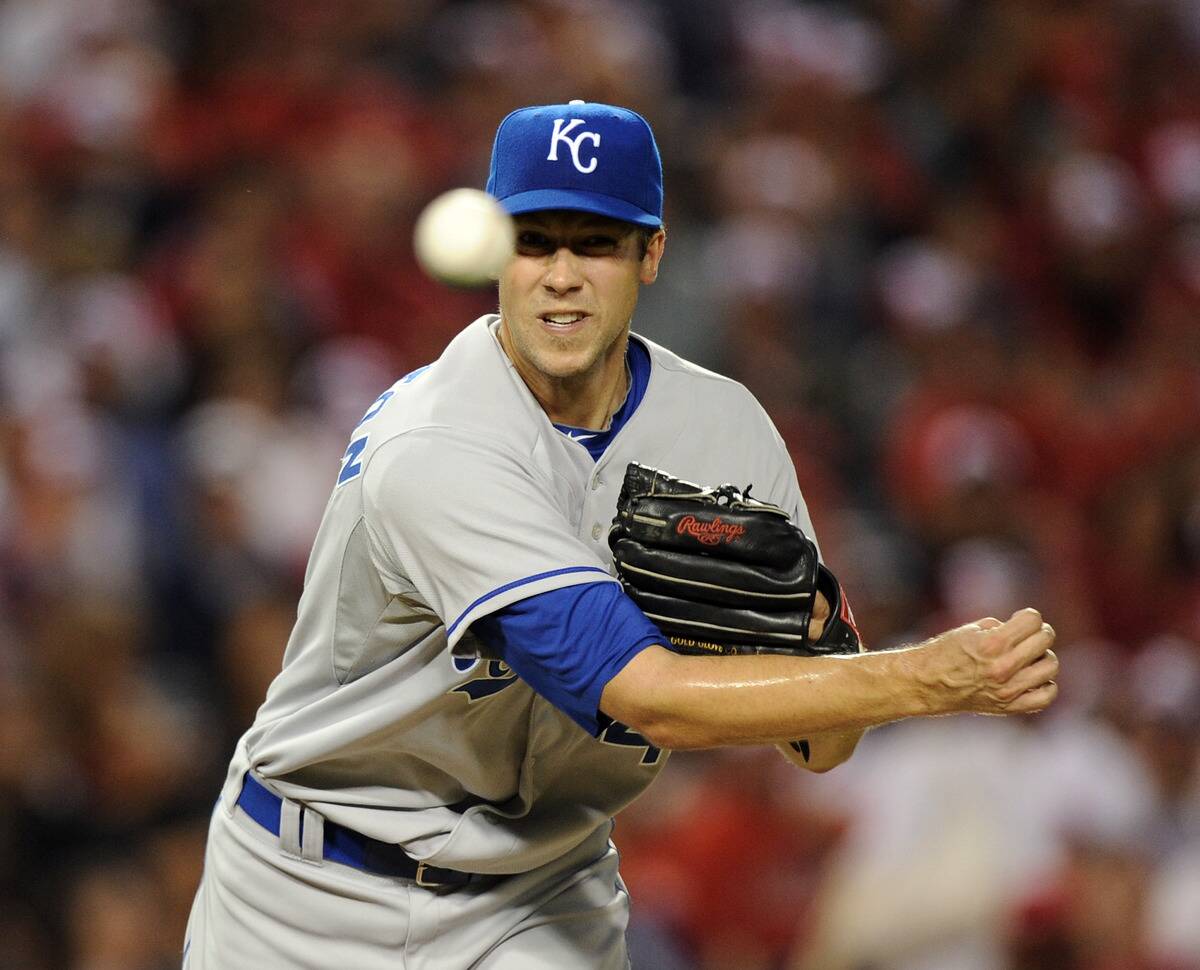
A blue-chip pitching prospect out of the non-baseball powerhouse of Ball State, Bryan Bullington, was expected to be a viable MLB starter. He never pitched for the Pirates, the team that drafted him and spent a few below-average years in the big leagues before moving to Japan.
Bullington was slightly better in Japan — he earned an NPB all-star selection in 2011 — but would never return to the big leagues. His career was over after the 2015 season.
Bubba Starling
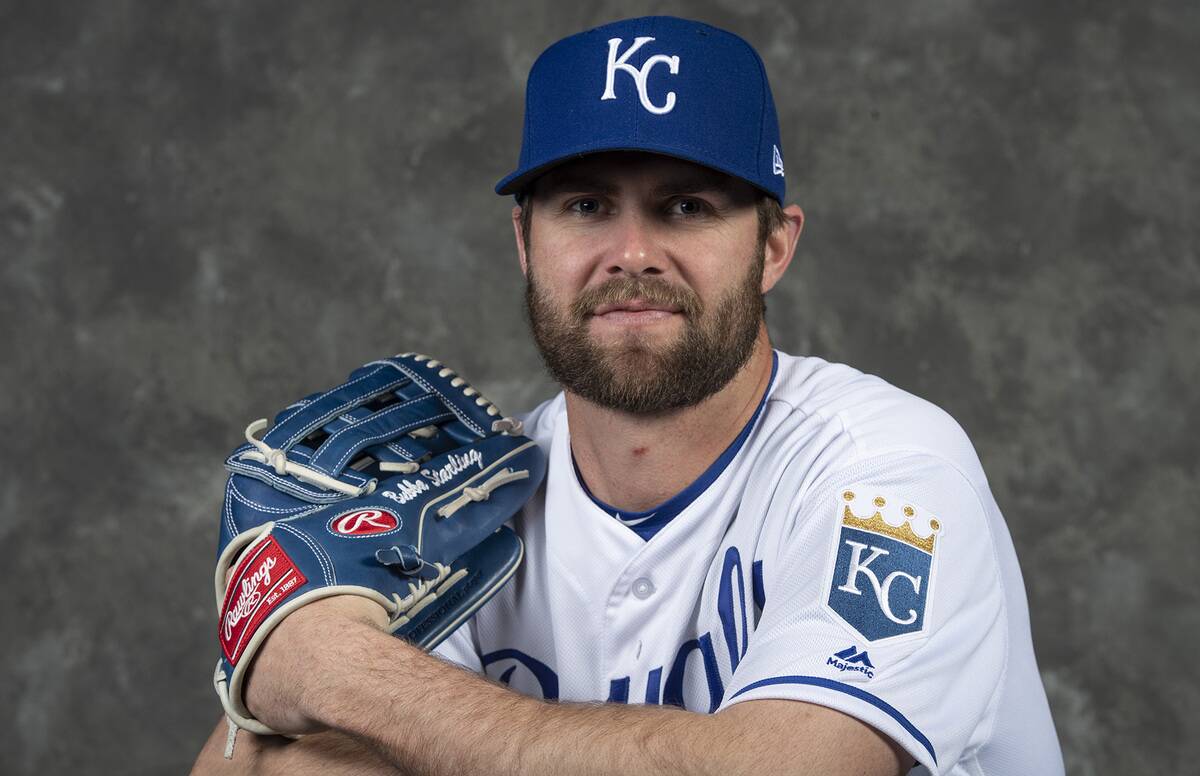
Bubba Starling had one of the all-time great baseball names, but the big outfielder out of Kansas actually excelled in football as well. He accepted a scholarship to play both baseball and football at the University of Nebraska.
The Royals took him sixth overall in 2011, but struggles in the minor leagues meant that he wouldn’t make his MLB debut until 2019. The wait wasn’t really worth it, as he hit just .204, with five home runs, across parts of two seasons.
Jeff Samardzija

Known as the “Shark,” Jeff Samardzija starred in both football and baseball at Notre Dame, eventually deciding to become a full-time baseball player. The Cubs picked him in the first round, 31st overall in 2006, and he later broke into the big leagues.
While Samardzija had moments of success in the majors and was even dominant for brief stretches, he struggled with control and consistency throughout his career. He eventually carved out a solid career as a starter, but never quite reached the next level of stardom.
Kyle Drabek

Kyle Drabek’s raw pitching ability made him the main return for the Toronto Blue Jays when they traded superstar pitcher Roy Halladay to the Philadelphia Phillies in 2009.
Drabek immediately became the Jays’ top pitching prospect and one of the best prospects in baseball by the time he made his MLB debut in 2010. He dealt with an arm injury and then underwent Tommy John surgery. He never bounced back, and stints with the White Sox and Diamondbacks were short-lived.
Bill Pulsipher
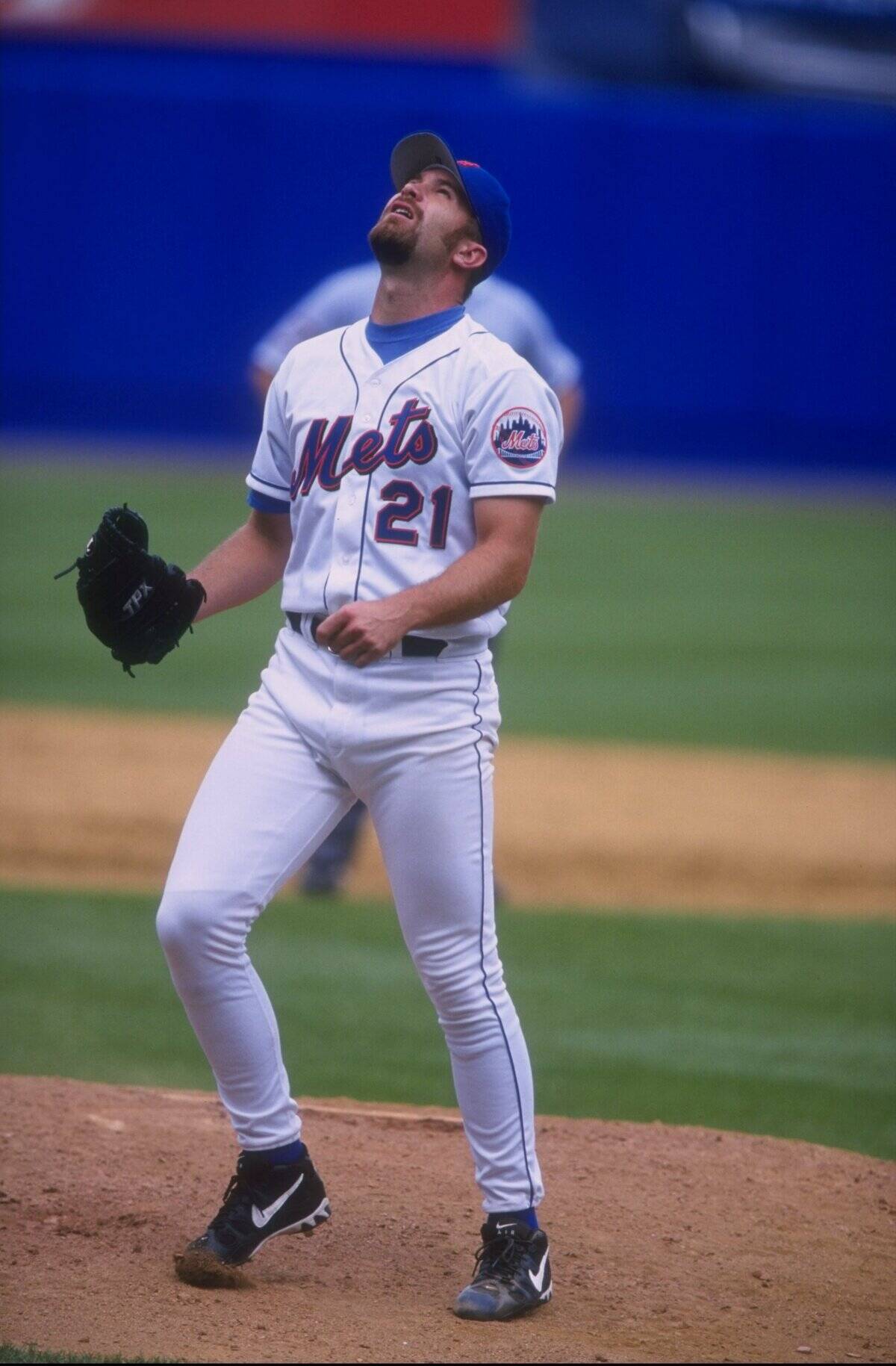
Pulsipher, along with Mets teammates Jason Isringhausen and Paul Wilson, was part of the team’s much-hyped ‘Generation K’ pitching staff in the mid ’90s. Pulshipher might have been good, but we’ll never know as his career was derailed by constant injuries.
A torn ulnar collateral ligament gave way to Tommy John surgery, which caused him to miss significant time. By the time he made his return in 1998, he was a shadow of his former self. He ended his career in 2005 after multiple comeback attempts.
J.D. Drew

J.D. Drew looked like the prototypical baseball player: Big, athletic, and offensively gifted, with a smooth swing and significant power upside. He excelled in the minor leagues and burst onto the big league scene, seemingly a star in the making.
While Drew had a respectable MLB career, he never quite blossomed into the star he’d been projected as. He was a streaky hitter who failed to stay consistent and displayed average defense in the field.
Brooks Kieschnick
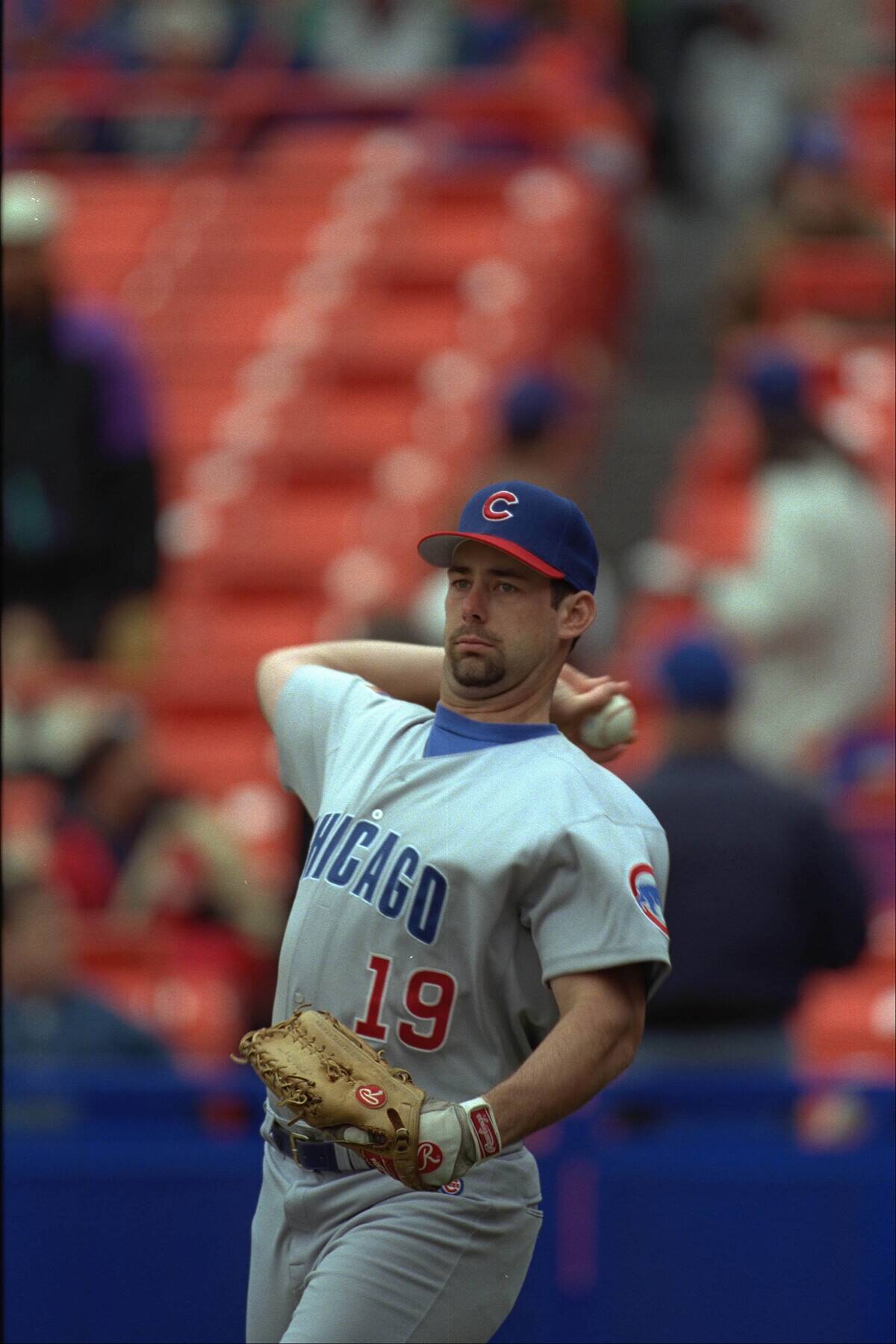
Long before Shohei Ohtani, there was Brooks Kieschnick. The pitcher/outfielder was touted as having the potential to be the first effective two-way player since Babe Ruth when the Cubs drafted him out of the University of Texas.
He underachieved through two seasons with the Cubs and wound up with the Rays after being selected in the expansion draft. A brief career renaissance with the Brewers helped his legacy, but he never came close to living up to his lofty potential.
Josh Vitters

Josh Vitters was generally regarded as the best high school player in the nation in 2007, when he was selected third overall by the Chicago Cubs. He made his way through the minor leagues and eventually made his big league debut in 2012.
Unfortunately, 2012 would be Vitters’ only MLB season. He couldn’t win a roster spot in 2013, and he eventually became a nomad of the independent minor leagues, playing for various teams before hanging up his cleats in 2020.
Mark Prior

Mark Prior was a bona fide phenom when he was drafted second overall in 2001 by the Chicago Cubs. The following year, he broke into the big leagues and finished second in Rookie of the Year voting.
What looked like it would be a long and potentially Hall of Fame-worthy career fizzled out quickly due to a series of shoulder and elbow injuries. Prior’s delivery was infamously herky-jerky, which no doubt aggravated those injuries. He spent significant time on the injured list and was never able to recapture the brilliance of his first two MLB seasons.
Matt Bush

Matt Bush was taken first overall in 2004 by the Padres, but legal problems — including multiple assaults and a DUI in which he ran over a motorcyclist’s head — put him in prison before he ever played an MLB game.
Once out of prison, the former shortstop retooled himself as a pitcher and made his MLB debut for the Texas Rangers as a 30-year-old. He had a serviceable pro career, but his personal problems prevented him from reaching his full potential.
Nick Neugebauer
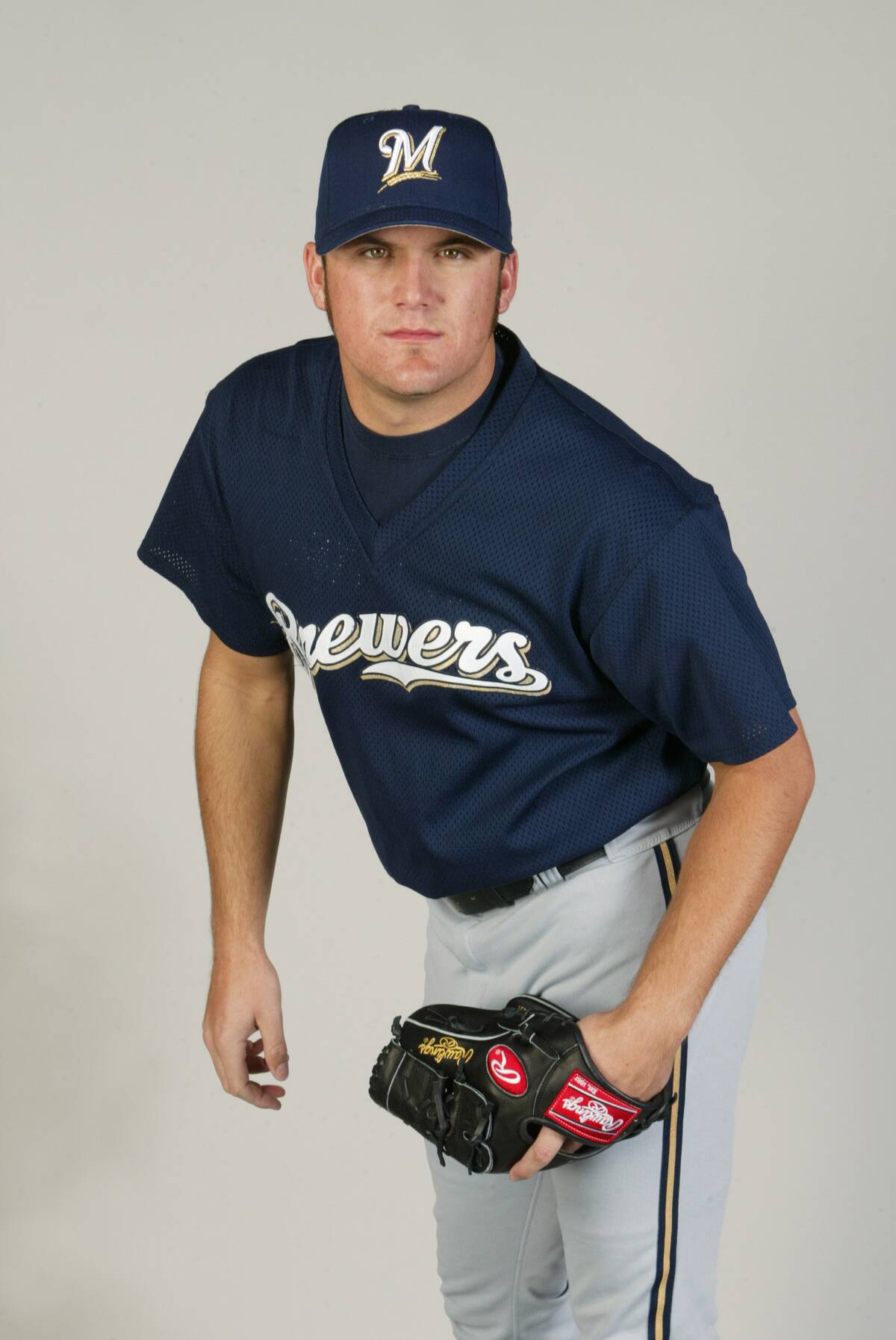
Baseball America called Nick Neugebauer one of the Milwaukee Brewers’ top prospects of the past decade in the early 2000s. The right-hander showed all kinds of promise, and the Brew Crew promoted him to the big leagues in 2001.
Neugebauer played MLB baseball again the next season, but a rotator cuff issue plagued him all season. He underwent surgery for the injury but couldn’t regain his form and never again played in Major League Baseball.
Casey Coleman
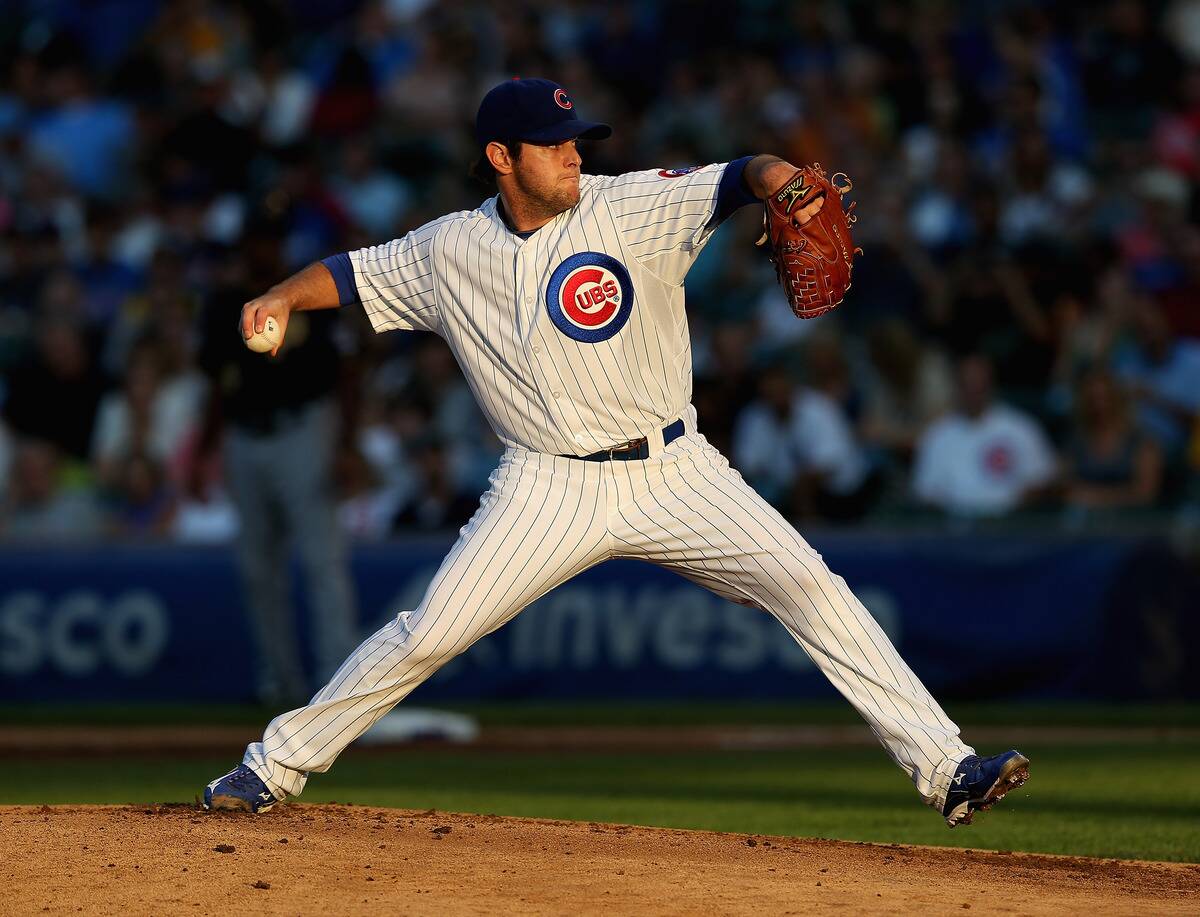
Casey Coleman, a big and strong right-handed pitcher, was seen as a promising prospect for the Chicago Cubs after he was drafted in the third round of the 2007 MLB Draft. With a fastball in the mid-90s and a strong baseball pedigree (his father was famed manager Whitey Herzog), Coleman seemed destined for big league success.
Despite this early promise, Coleman never quite managed to put it together at the MLB level. A combination of injuries and inconsistent play led the Cubs to move on from Coleman. After bouncing around a few organizations, he became an unspectacular journeyman reliever.
Shawn Abner
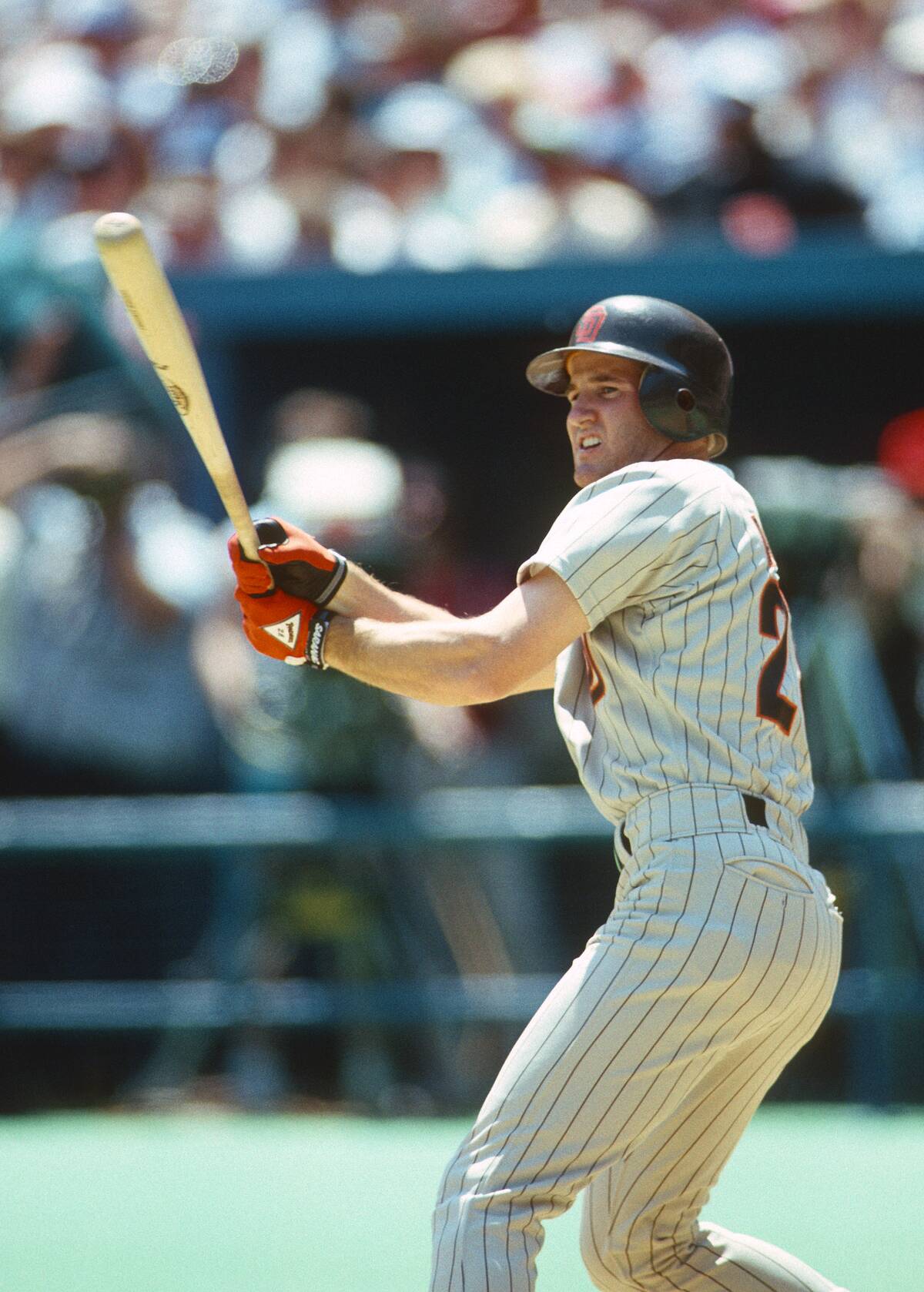
Abner was selected first overall in 1984 by the Mets, and was traded to the Padres two years later as part of a multi-player deal. He made his debut for the Padres in 1987 but could never figure it out at the plate as he finished his career with a lowly .227 batting average.
Abner’s career ended after the 1992 season. He made headlines in 2020 when he received a prison sentence for animal cruelty.
John Van Benschoten
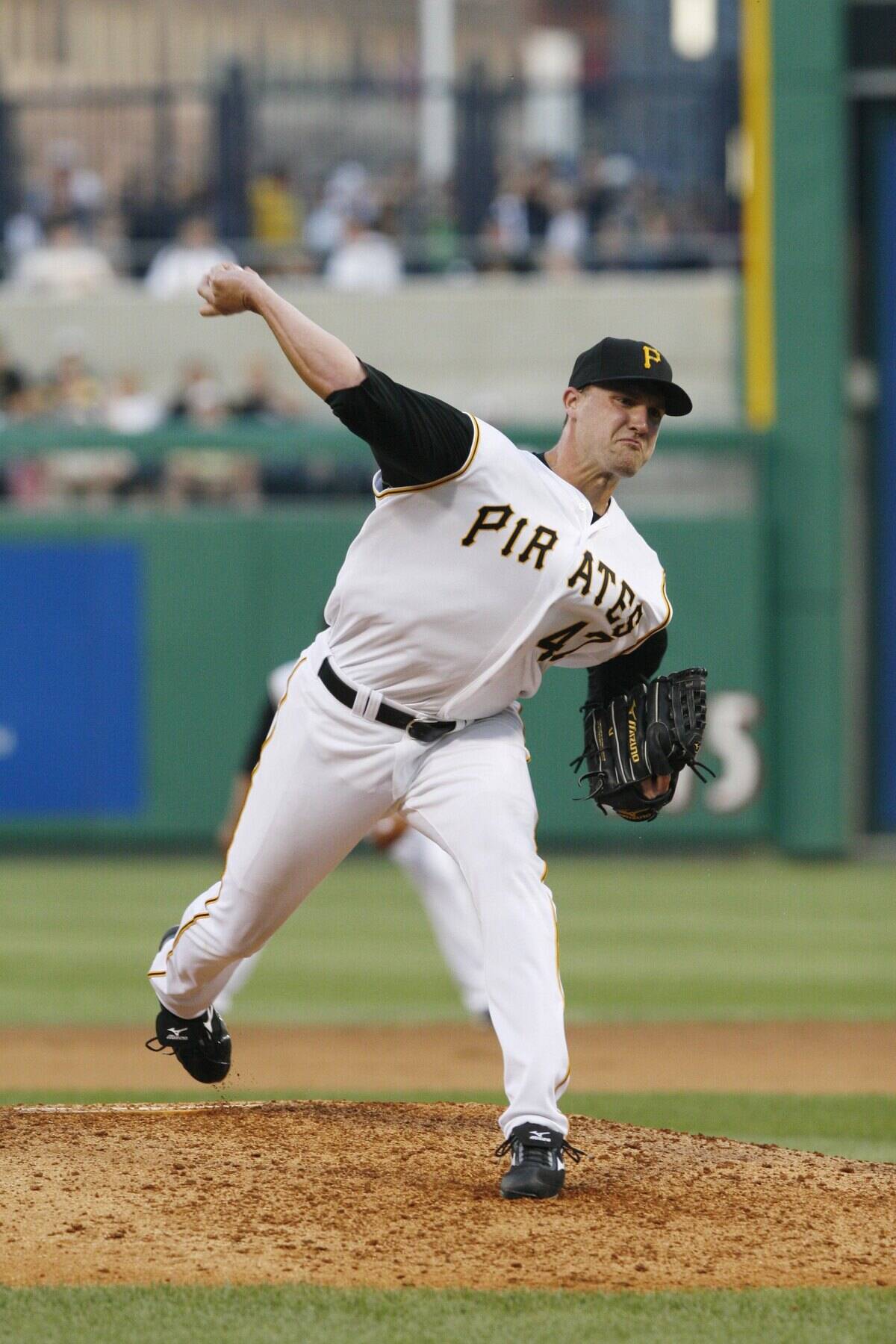
John Van Benschoten was a dual-threat collegiate star at Kent State, hitting home runs as a first baseman and saving games as a pitcher. The Pirates liked what they saw, although they saw more potential in him as a pitcher.
Perhaps the Pirates should have gone in the other direction, as Van Benschoten had abysmal MLB career stats: A 2.13 record to go along with a 9.20 ERA across parts of three seasons in Pittsburgh.
Mark Appel
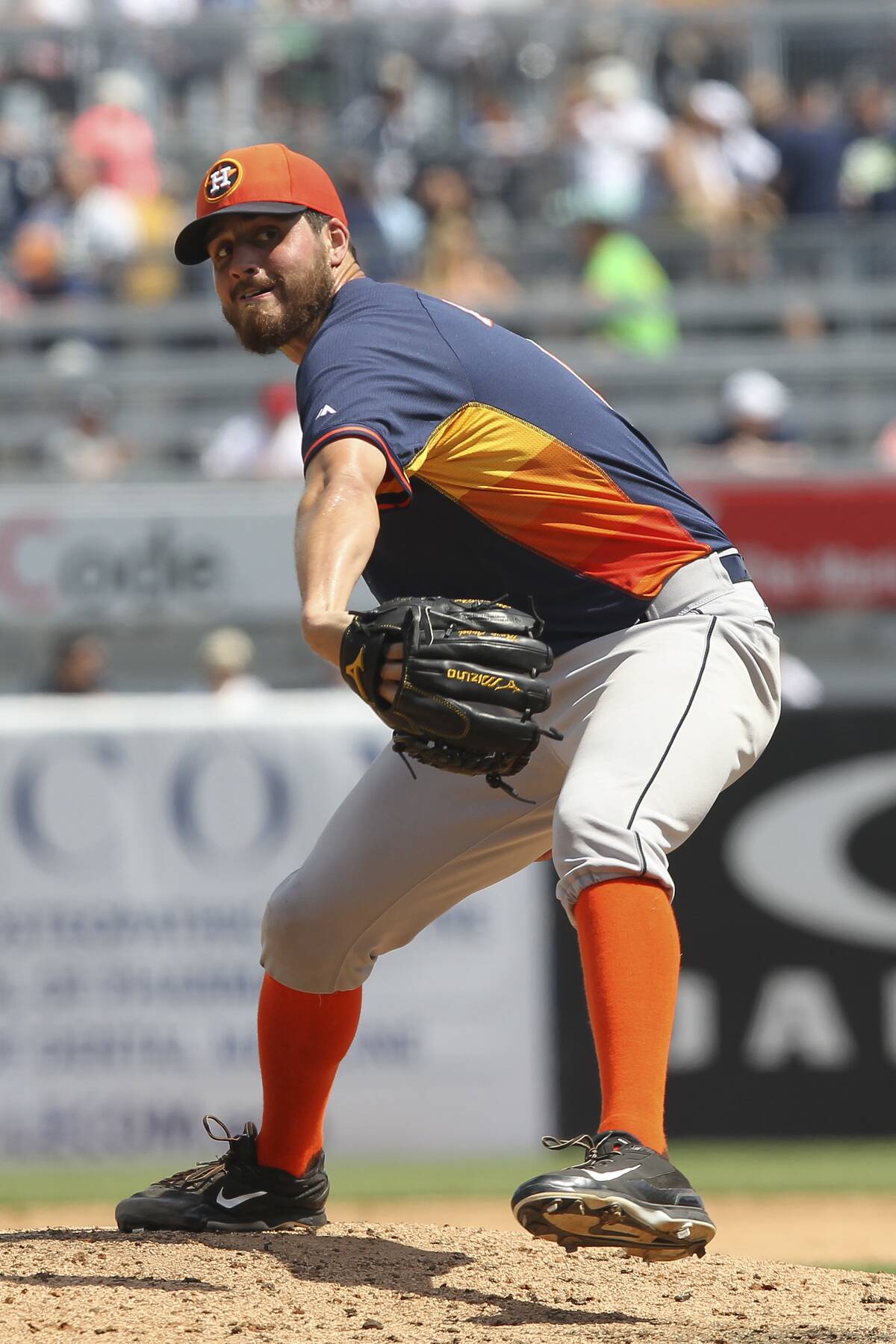
Mark Appel was selected by the Tigers in the 15th round in 2009, but he elected not to sign and went the collegiate route instead. In 2012, he was drafted again — this time eighth overall by the Pirates — but once more, he did not sign.
In 2013, after the Astros selected him first overall, he did sign — and was unable to make the Astros’ roster over the following seasons. He did play briefly for the Astros in 2022, and is currently a free agent.
Chin-Hui Tsao

Taiwan’s Chin-Hui Tsao showed promise throughout his minor league career and was promoted to the Colorado Rockies in 2003. Hindered by arm injuries, he was average through three seasons with the Rockies and one more with the Dodgers before returning to play in Taiwan.
While playing in Taiwan, he was implicated, but not found responsible, for a game-fixing scandal and was kicked out of the league. He made a brief MLB comeback with the Dodgers in 2015 and 2016.
Matt Bush
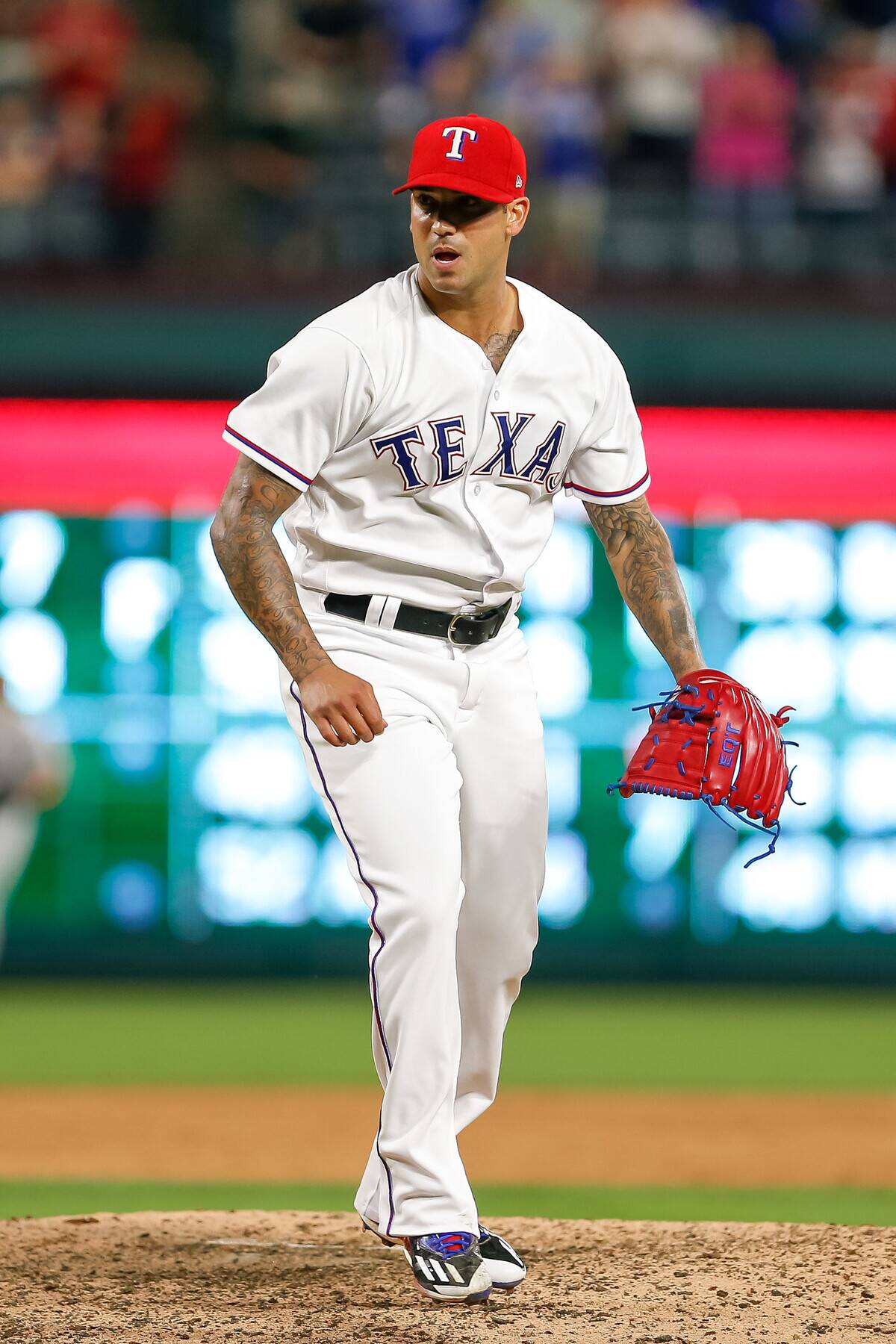
Matt Bush was a high school phenom who could hit, play shortstop, and pitch at an elite level. He was selected first overall in 2004, but a string of off-the-field issues — including multiple assaults, vehicular incidents, and prison time — derailed his career.
Despite this, Bush defied the odds and eventually made his belated MLB debut at the age of 30. While he had several decent years as a pitcher, his legal issues ensured that his career would be a classic “what if” scenario.
Adam Johnson
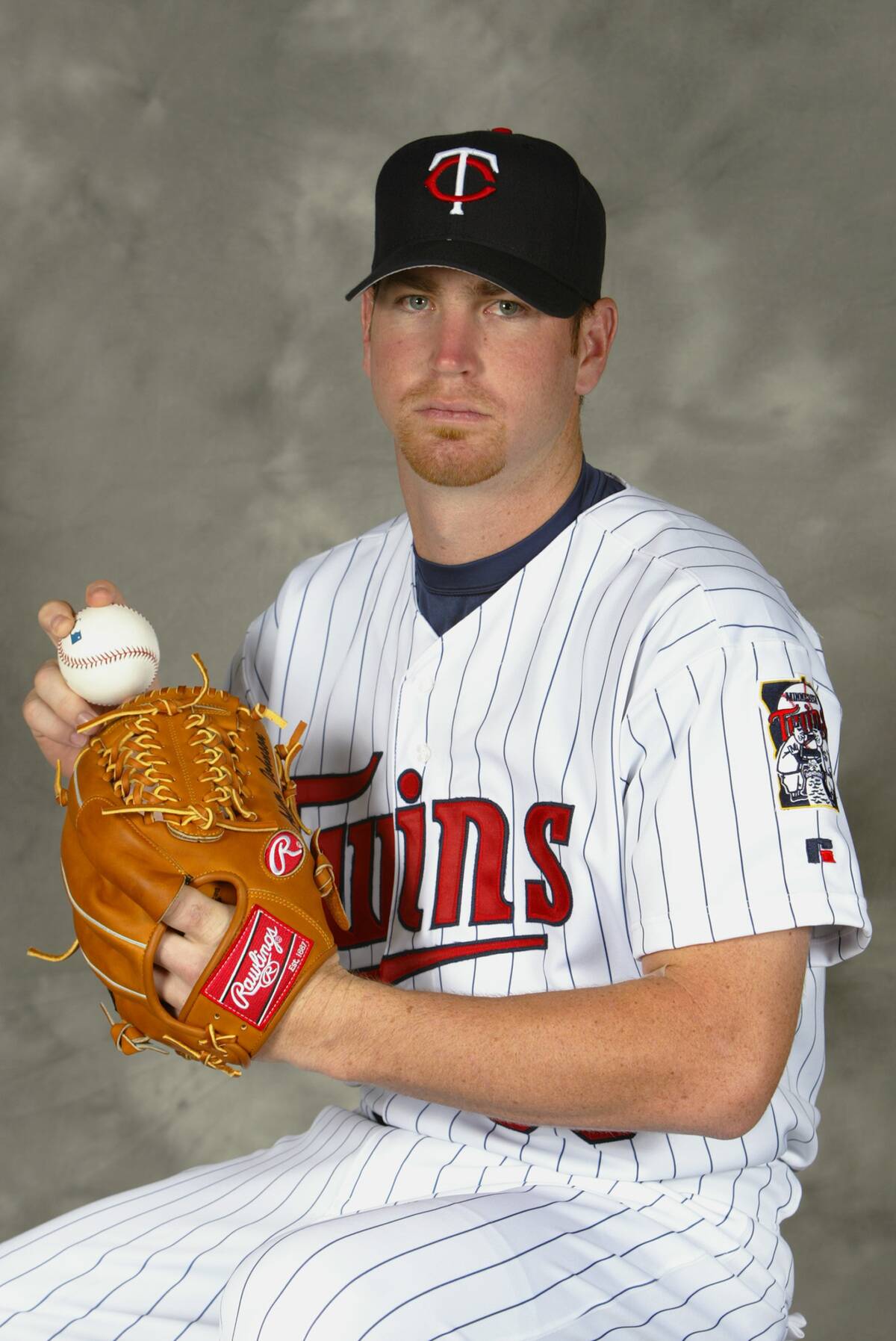
Johnson was seen as a polished prospect after starring at Cal State Fullerton and progressed quickly through the Minnesota Twins minor league system. A little over a year after he was drafted, he made his big league debut for the Twins.
Unfortunately, his progress stalled, and he couldn’t win a roster spot the following season — a move he didn’t take well, as he crumpled up his paperwork and stormed out of the office. He spent parts of just two seasons in the big leagues.
Adam Loewen

Big Canadian lefty Adam Loewen had all the raw tools to be a pitching stud in the big leagues, but command and control issues caused him to retool and become a position player instead.
There’s precedent for this, of course — just look at Rick Ankiel. Unfortunately, Loewen was no Rick Ankiel. While he put up good offensive numbers in the minor leagues, big league callups to the Blue Jays and Diamondbacks didn’t produce results.
Casey Kotchman
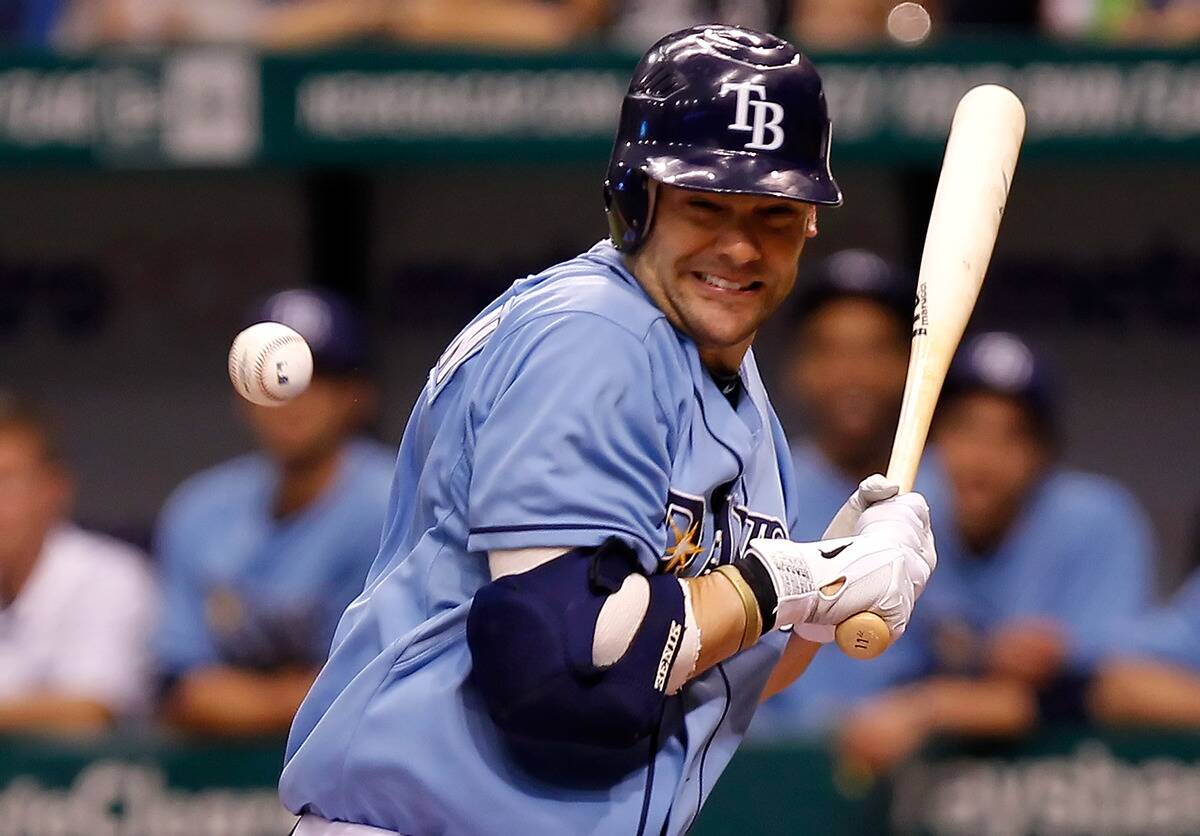
Casey Kotchman was viewed as a nearly MLB-ready prospect when he was drafted 10th overall by the Braves in 2000, owing largely to his mature plate discipline and solid contact skills.
Kotchman did indeed make it to the big leagues, but any predictions of him as a star player with a high floor were slowly disproven. He enjoyed a lengthy major league career and was a slightly above-average hitter, but was never a difference maker.
Mike Kelly
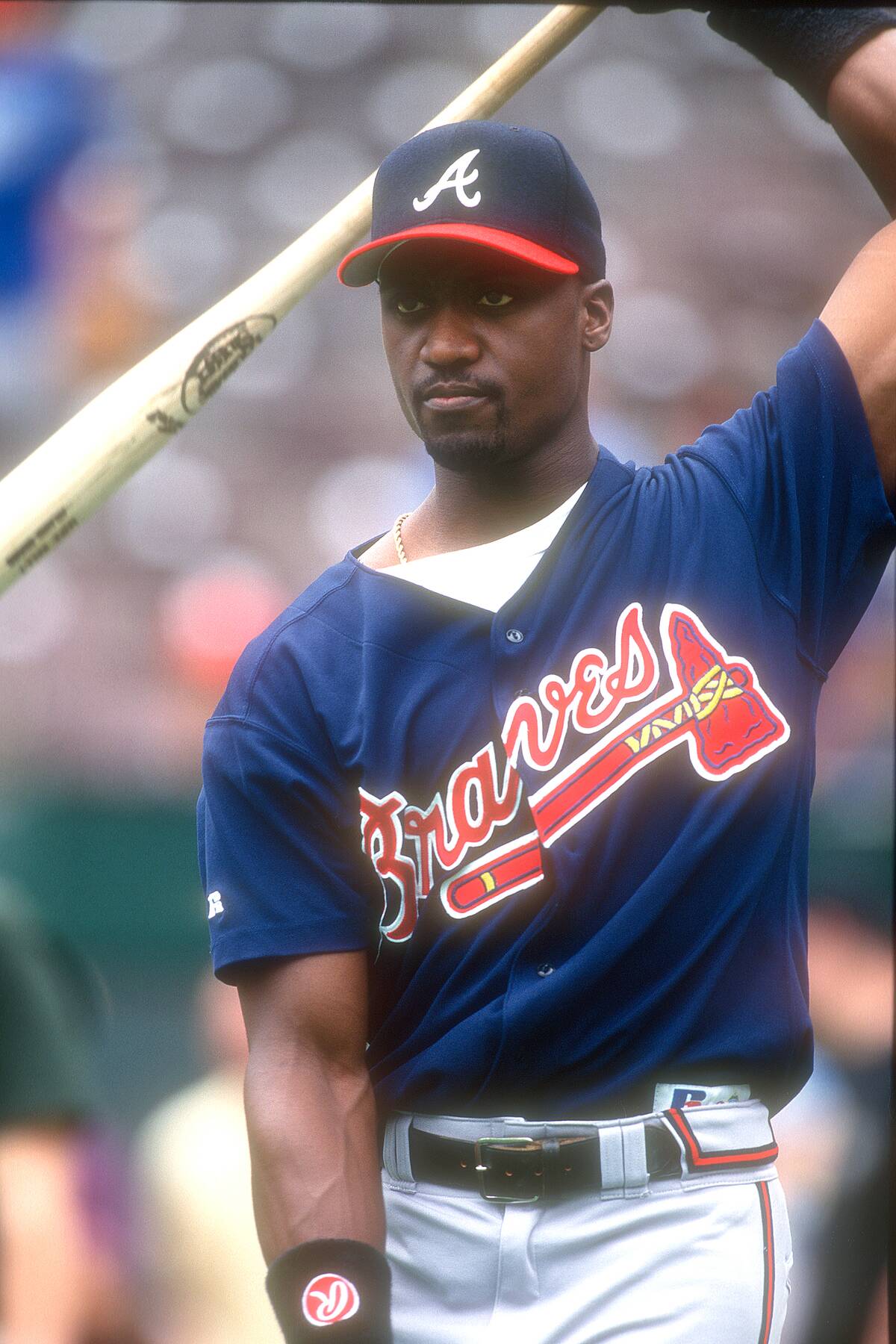
Outfielder Mike Kelly, drafted second overall by the Braves in 1991, showed enough promise to crack the roster in 1994 — right in the middle of the team’s run of unprecedented playoff success.
While Kelly was an elite collegiate player and a good minor leaguer, he was merely adequate in the big leagues. After two seasons in Atlanta, he spent time with the Reds, Rays, and Rockies before retiring at the conclusion of the 1999 season.
Dustin Ackley
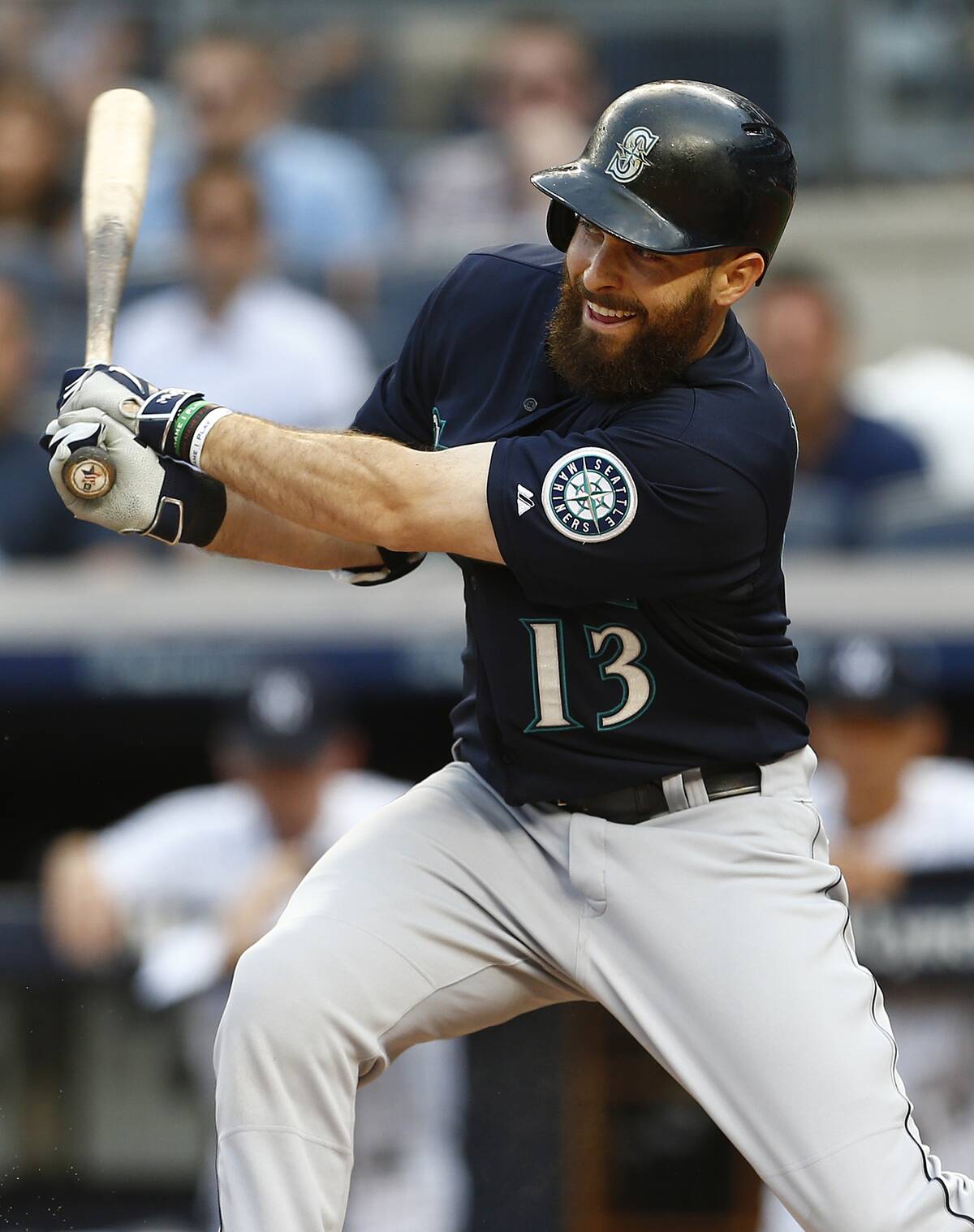
Dustin Ackley was seen as a player whose bat was virtually MLB-ready when the Mariners drafted him out of the University of North Carolina in 2009. He soon signed a five-year MLB deal with a rich signing bonus.
Ackley made his MLB debut for the M’s in 2011, but he wasn’t able to live up to the team’s high hopes. His best season was 2014, in which he hit .245 with 14 home runs — middling numbers for someone with such a high pedigree.
Justin Upton
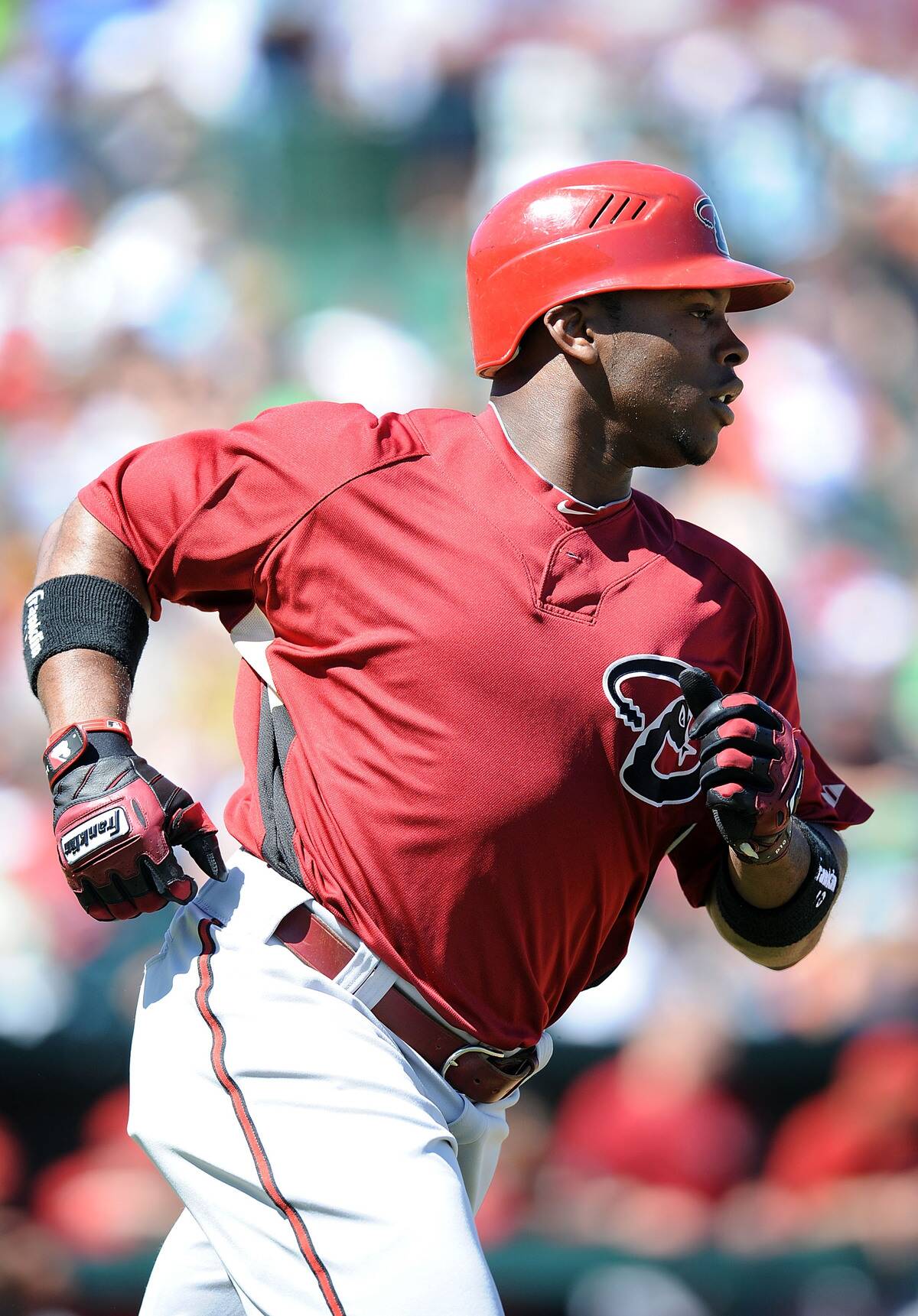
Upton was drafted first overall by the Arizona Diamondbacks in 2005 and was viewed as a classic five-tool player, one who could hit for both power and contact, run with speed, and play elite defense with a strong arm.
While Upton did indeed enjoy a long MLB career, he never became the superstar he’d been projected as. Inconsistent performance and a frustrating series of injuries ensured that Upton remained a role player.
Matt Anderson
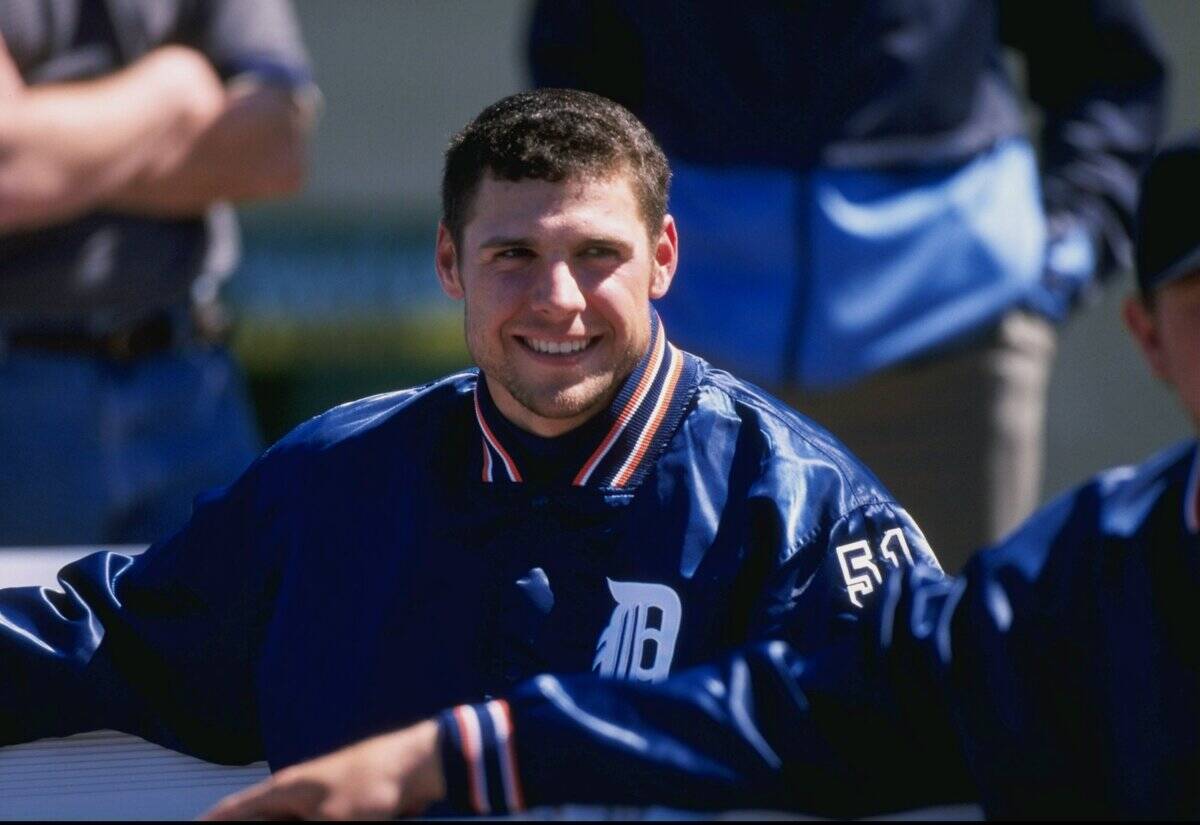
Anderson was selected first overall by the Tigers in 1997, and he made his MLB debut just a year later after he was rushed to the big leagues. His rookie season was great — he went 5-1 with a 3.27 ERA.
Unfortunately, these were the best numbers he ever put up. He later suffered an arm injury as a result of participating in an octopus-throwing contest — one of the weirdest MLB injuries we’ve ever heard of.
Greg Reynolds
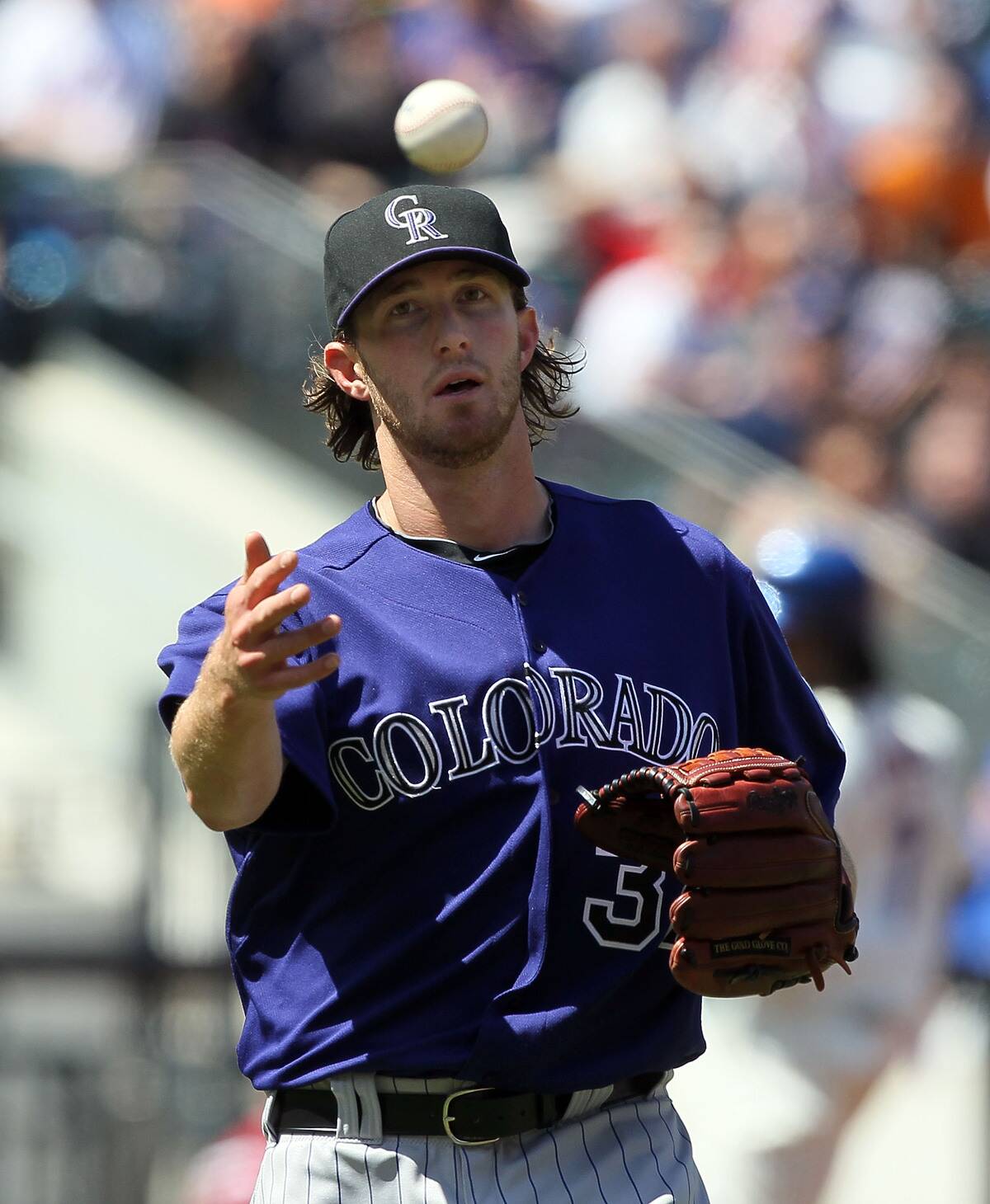
Hard-throwing right-hander Greg Reynolds was drafted second overall in 2006. Unfortunately, he was drafted by the Colorado Rockies — the team where good pitching goes to die. Nonetheless, the prospect progressed through the minors quickly and pitched his first game for the Rockies in 2008.
Injuries slowed his progress, and he wouldn’t play again in the big leagues until 2011. A brief stint in 2013 for the Reds was followed by a season in Japan in 2014, and he never played again.
Chris Shelton
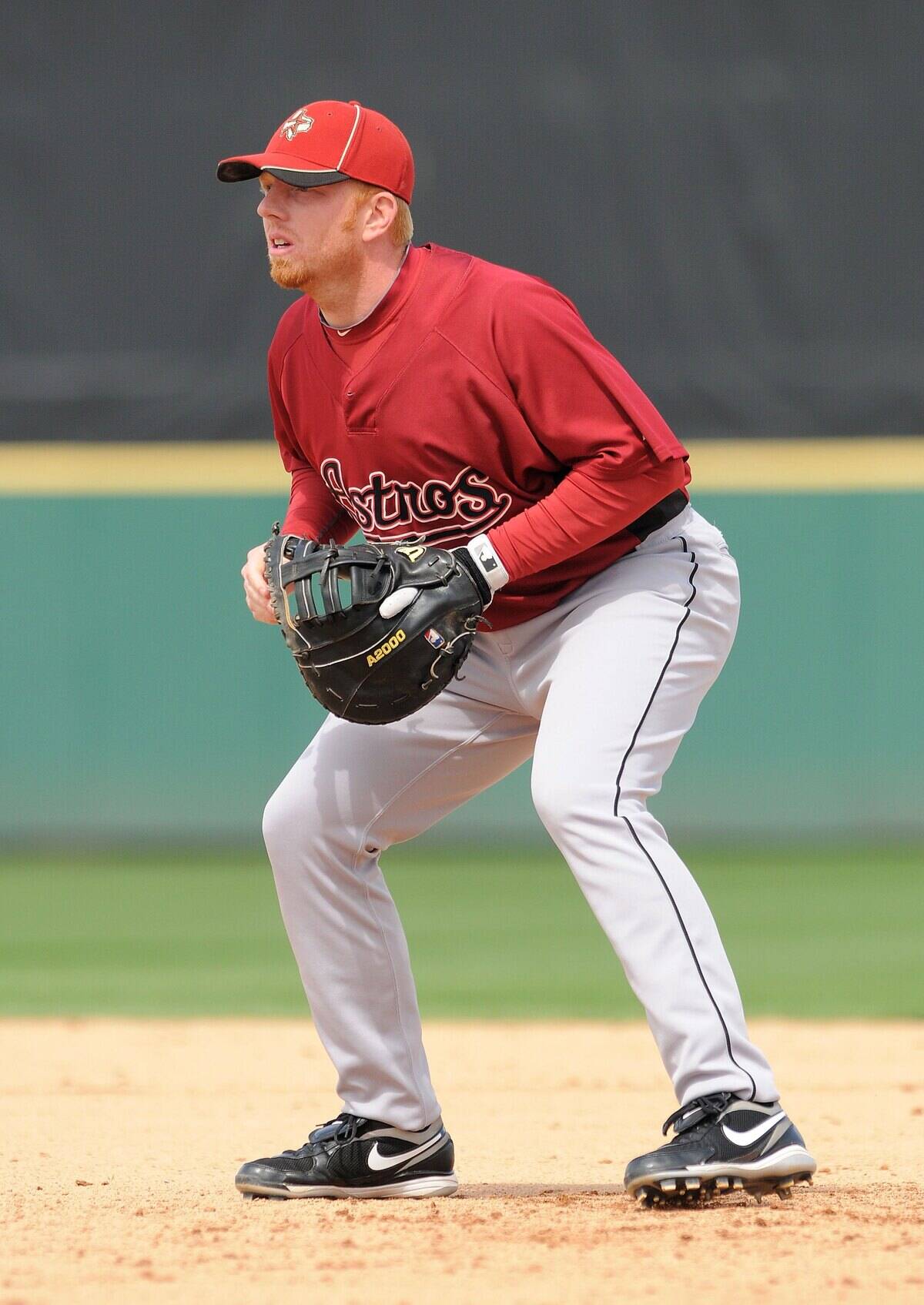
The Tigers selected the power-hitting Chris Shelton 17th overall in 2000, with the team envisioning him as a left-handed power bat who could provide significant offence.
While Shelton did eventually make it to the big leagues and had a decent rookie season in 2006, he never really adapted to MLB pitching. He struck out at a high rate and didn’t hit for enough power to negate his offensive impediments. He bounced around several MLB rosters before fading out of the league.
Josh Booty
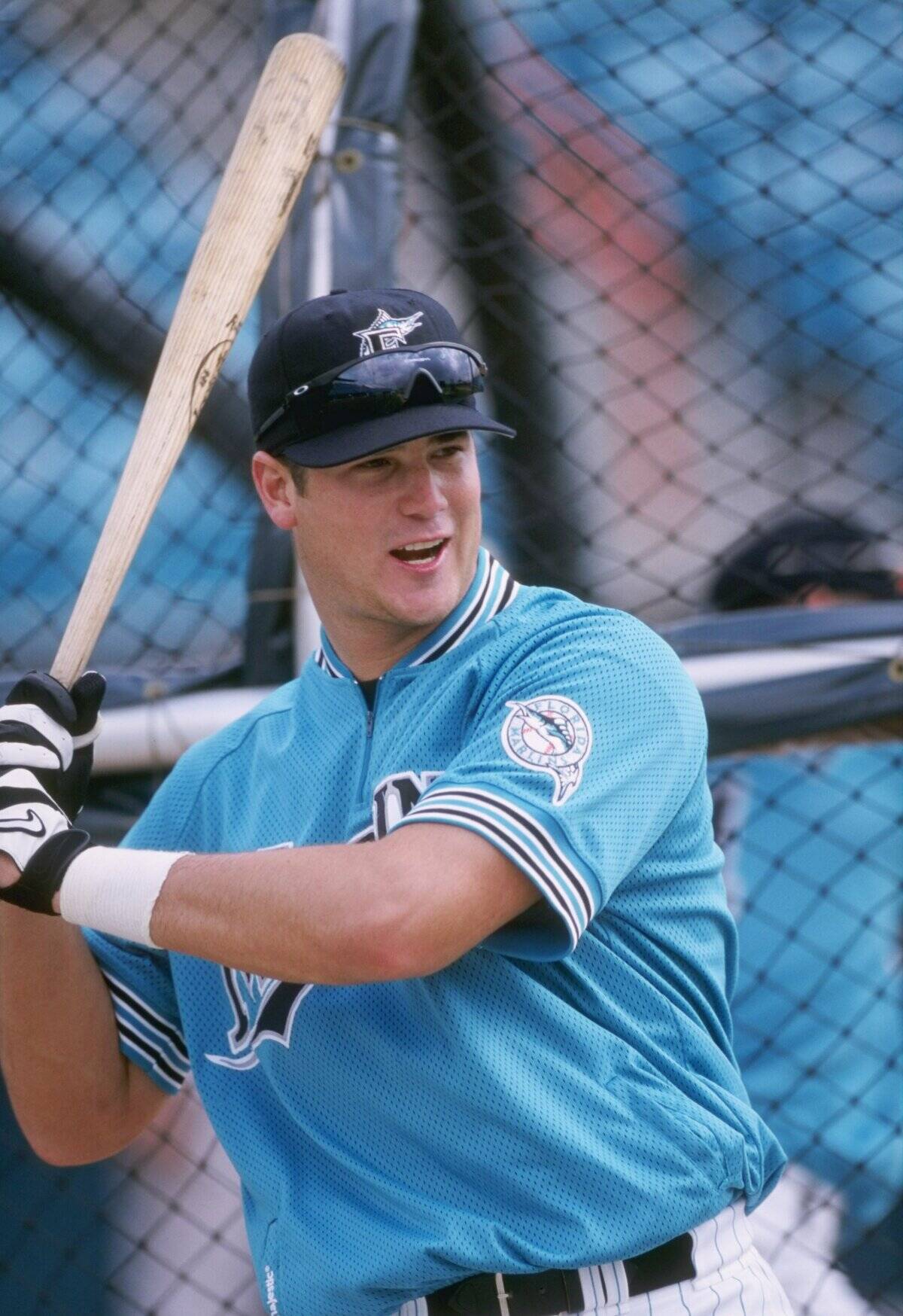
Josh Booty was an elite shortstop and quarterback in high school. He opted to go the baseball route professionally, and was selected by the Marlins in the 1994 draft. Booty’s MLB career spanned parts of three seasons, in which he picked up just seven hits.
After baseball, Booty decided to give football another try and had (arguably) more success, spending a few seasons in the NFL as a backup. However, he never got into a game.
Tim Beckham
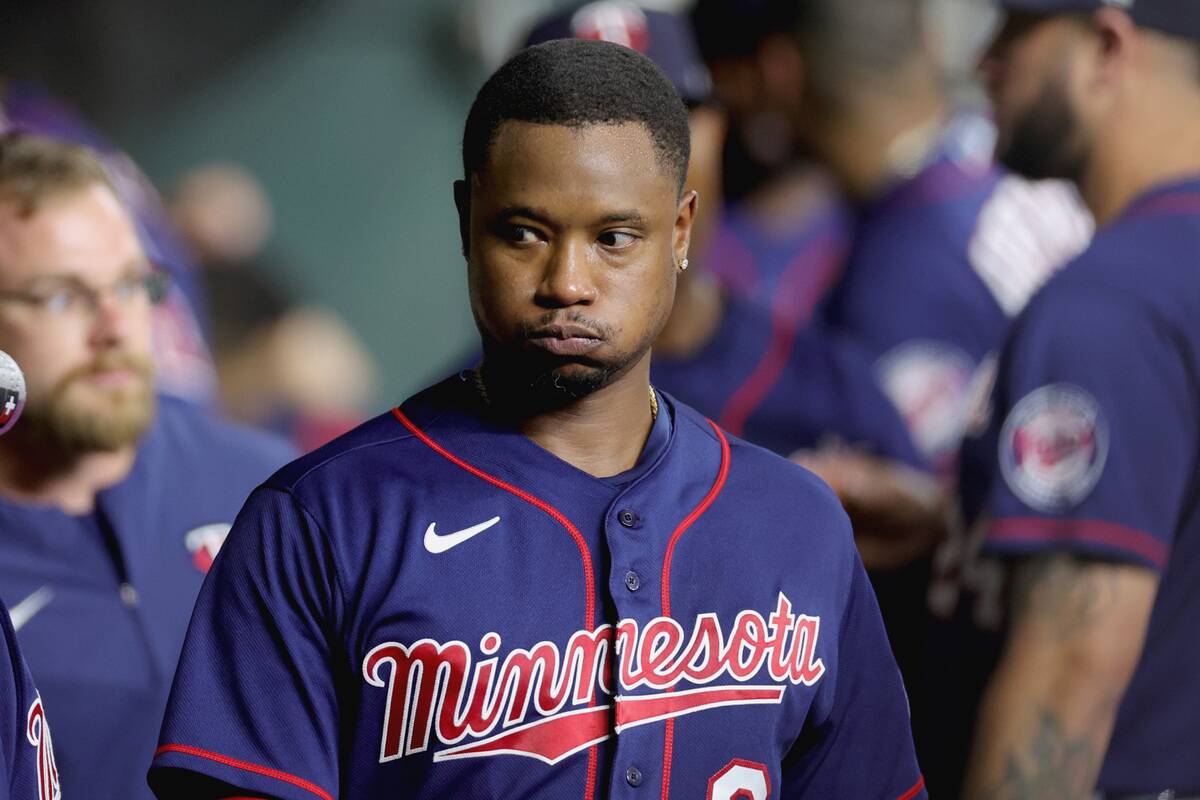
Beckham was picked first overall in 2008 by the Tampa Bay Rays and was rewarded with a $6.15 million signing bonus. He was promoted to the big leagues as a September call-up in 2013, but an injury kept him off the field entirely in 2014.
He came back in 2015, spending the next few seasons with the Rays before moving on to the Orioles, Mariners, and Twins. He couldn’t duplicate his amateur success, though, and ended his MLB career with a .246 average.
Jeff Clement
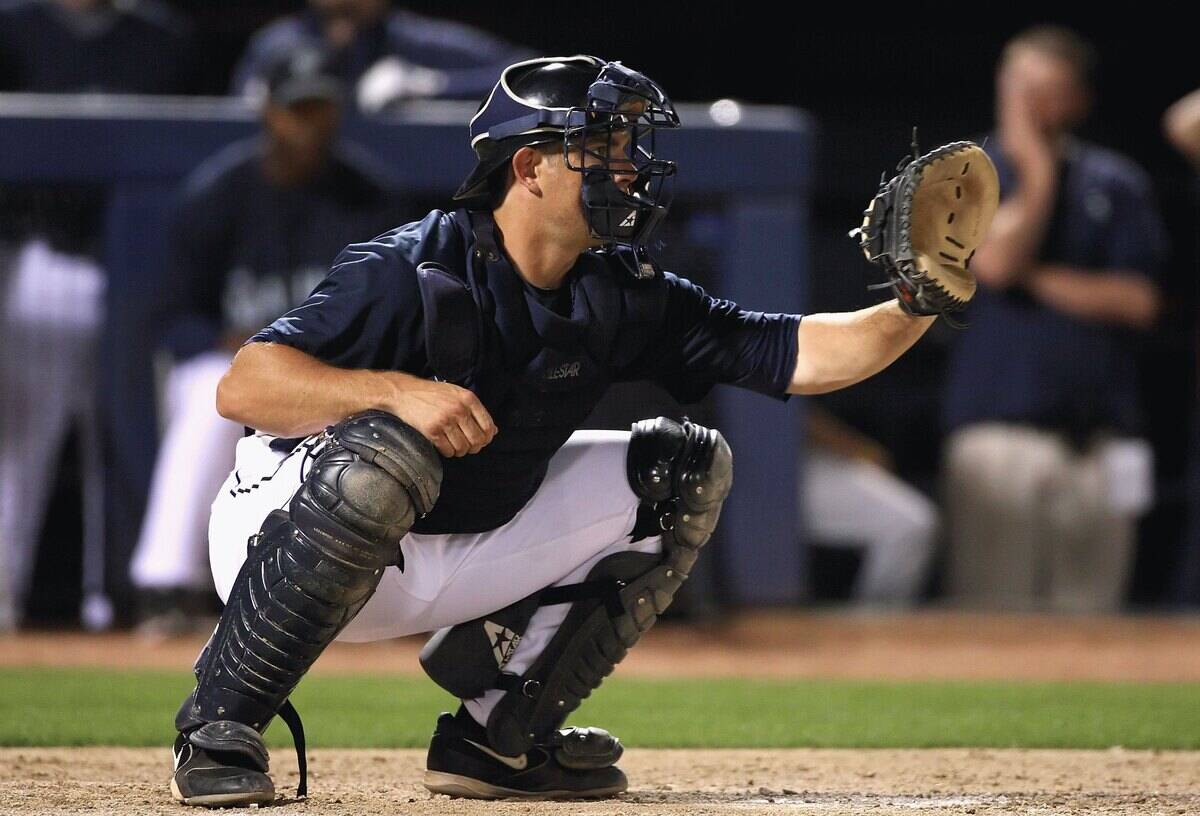
The winner of the Johnny Bench Award as the best collegiate catcher, expectations were high for Jeff Clement when the Mariners selected him in the first round of the 2005 draft.
The Mariners saw plenty of raw ability and power-hitting potential in Clement, but injuries prevented him from putting it all together. Three seasons in Seattle were followed by two abbreviated seasons with the Pirates. Clement retired in 2014 after failing to catch on with the Minnesota Twins.
Steve Soderstrom
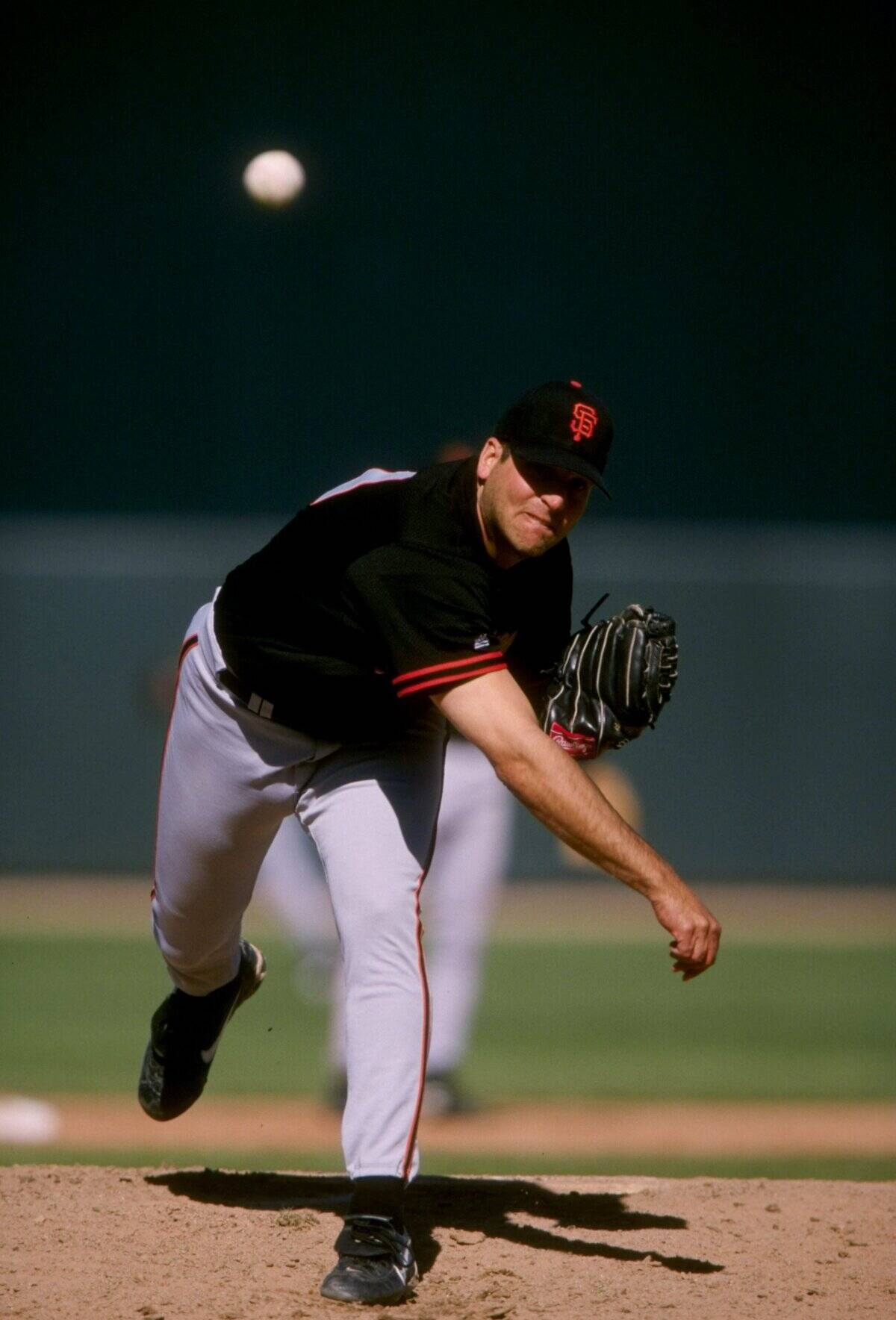
Soderstrom spurned the Mets after he was picked late in the 1990 draft. After pitching at Fresno State, he was drafted in the first round of the 1993 draft by the Giants.
After three years in the minor leagues, Soderstrom received his first big league call-up on September 17, 1996. After pitching to a 5.27 ERA, he played his last game on September 27th and was never called up again — meaning his stay in the big leagues lasted all of ten days.
Scott Kingery
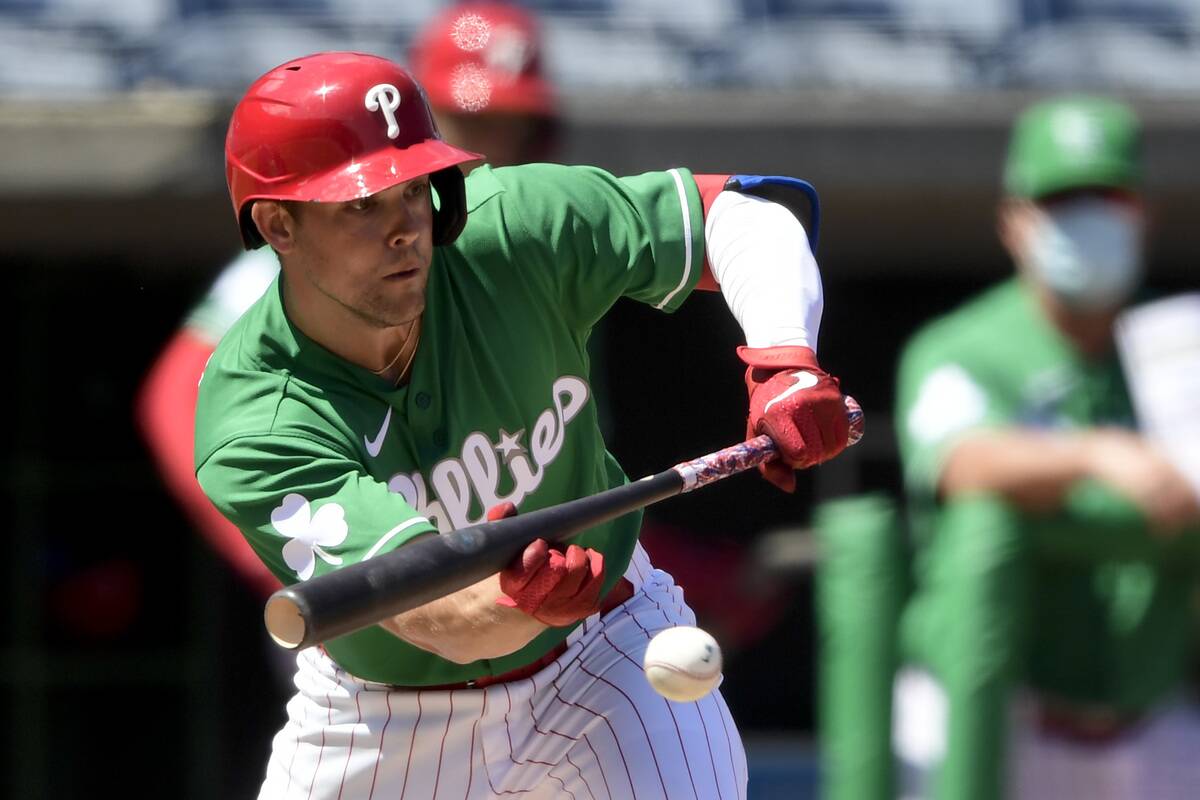
Kingery was only a second-round draft pick, but his success in the minor leagues made him one of the Phillies’ most intriguing prospects. They signed him to a six-year contract extension in 2018 before he’d even played a major league game.
Kingery showed reasonable promise until 2020, but a bad bout with COVID-19 caused his numbers to fall. He was off of the Phillies’ roster the following season, and his career seems to be in a state of free-fall.
Joe Borchard
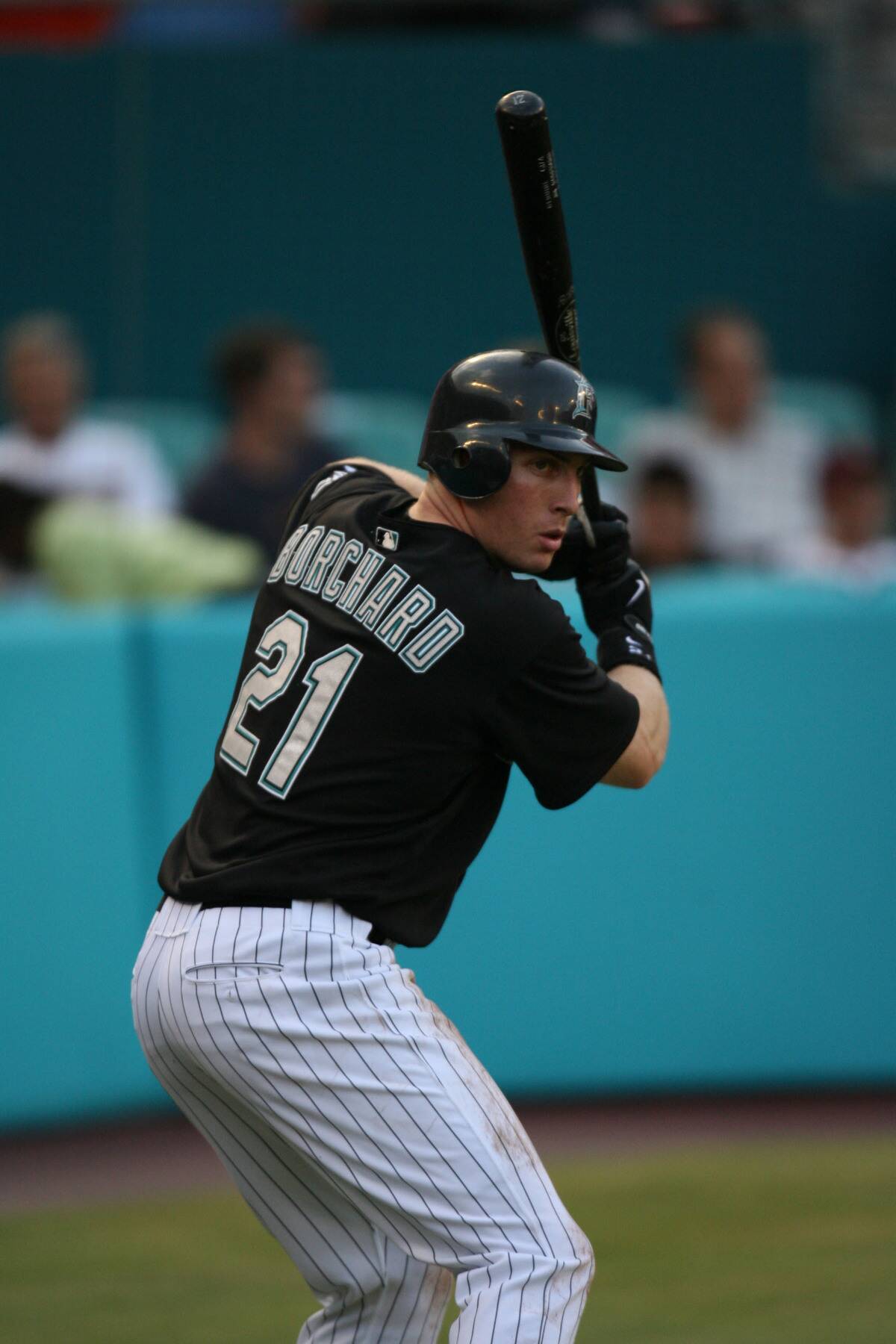
Joe Borchard was a two-sport star at Stanford, playing both quarterback and outfield for the Cardinals. The Chicago White Sox drafted him, paying him a then-record $5.3 million signing bonus to convince him to play baseball and not football.
In hindsight, football would have been the better choice. Borchard struggled mightily throughout his MLB career, hitting just .205 with 26 career home runs across six seasons with the White Sox, Mariners, and Marlins.
Delmon Young
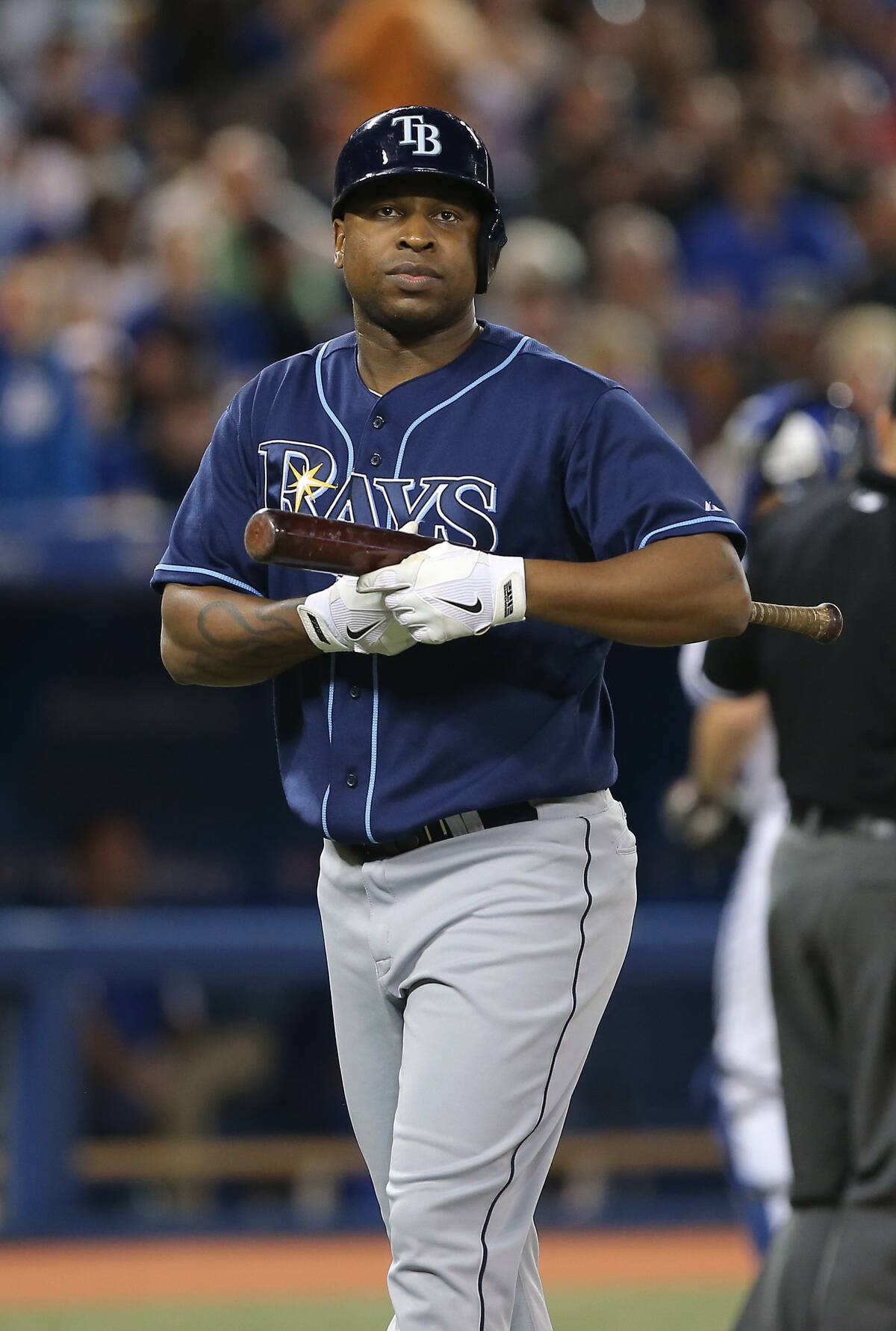
Delmon Young was picked first overall in the 2003 draft and made headlines before even playing in the big leagues after throwing a bat at a minor league umpire. While he was suspended, he was still considered promising enough to earn a big league promotion after the suspension ended.
Young had a relatively long MLB career, hitting .283 for various teams. The numbers are respectable enough, but hopes were much higher for Young when he was first drafted.
Danny Goodwin
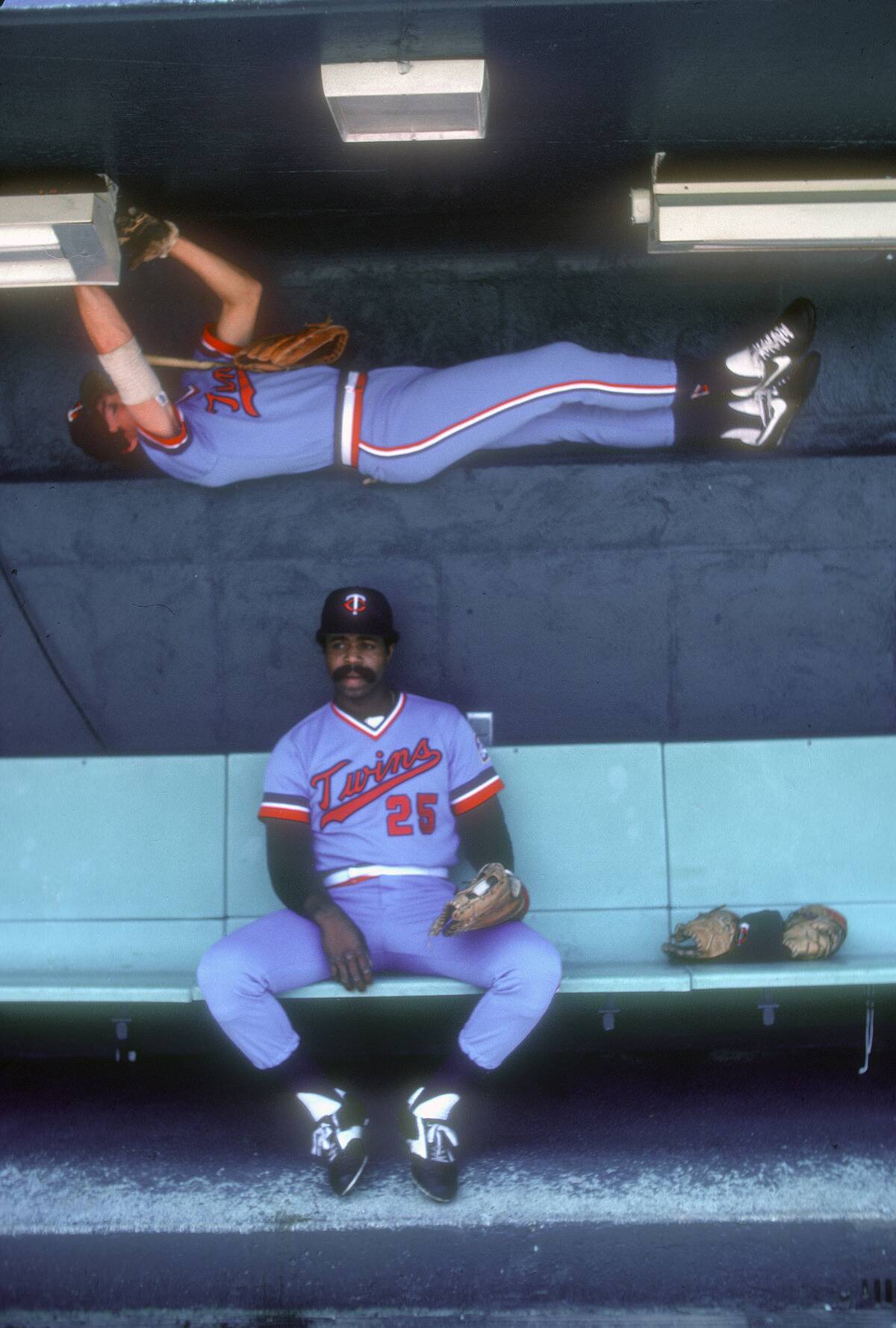
Danny Goodwin is, to this day, the only player who’s ever been drafted first overall in two separate drafts — a feat he accomplished with the White Sox in 1971 and then with the Angels in 1975.
Despite his high pedigree, he struggled to find playing time during stints with the Angels, Twins, and A’s. After flaming out of the big leagues, he went to Japan for a year to play for the Nankai Hawks in 1986.

